VRayALSurfaceMtl
This page provides details on the V-Ray alSurface material.
Overview
The V-Ray AL Surface shader is V-Ray's implementation of Anders Langland's alShader, which is designed to reproduce the appearance of skin. The current version takes into account diffuse reflection, two levels of reflection, and subsurface scattering.
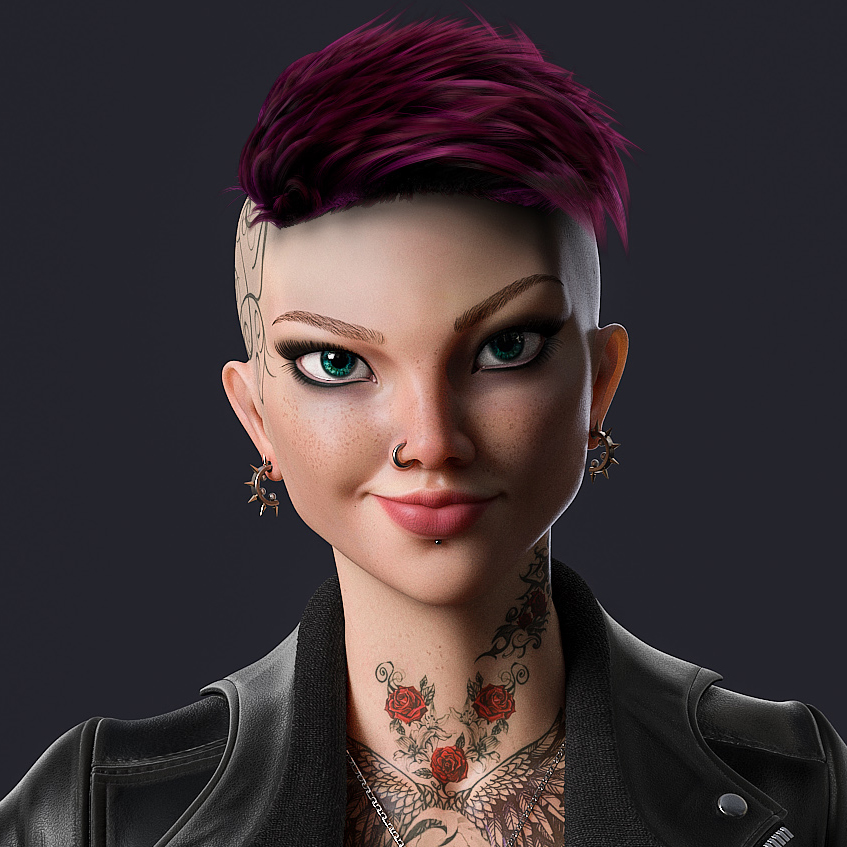
© Safwen Abidi
UI Path
||Material Editor window|| > Material/Map Browser > Materials > V-Ray > VRayALSurfaceMtl
General Parameters
sss density scale – Additionally scales the sss radius parameters. Normally, the material will take the scene scale into account when calculating the subsurface scattering effect. However, if the scene was not modeled to scale, this parameter can be used to adjust the effect.
opacity – Assigns transparent properties to the material where white is completely opaque and black is completely transparent. Maps can also be assigned to create a material that has a non-uniform opacity.
bump texture – Allows the user to select a texture for the bump or normal map. The bump set here provides a uniform bump effect to the entire material (affecting the diffuse bump and reflection bump components together). If no map is specified, only the bump maps from the separate (diffuse or reflection) layers (if any) will be applied.
displacement texture – Allows the user to select a texture for displacement mapping. Leaving this unconnected turns off displacement. Also, specifies the amount of displacement with the numerical value.
Diffuse
diffuse color – The color of the material. Note: The actual diffuse color of the surface also depends on the reflection and refraction colors.
diffuse strength – A multiplier for the diffuse color.
sss mix – Mix between the Diffuse component and the SSS component.
sss mode – Sets the Sub Surface Scattering Mode.
diffuse bump texture – Allows the user to select a texture for the bump or normal map for the diffuse component. The bump effect here is added to the General parameters bump effect. If no map is set in the General parameters or the map there is disabled, the map in this layer still produces its bump effect.
Example: sss density scale
This example demonstrates the effect of the sss density scale parameter. The sss mix is set to 1.0
Example: sss mix
This example demonstrates the effect of the sss mix parameter. The sss scale is set to 1.5
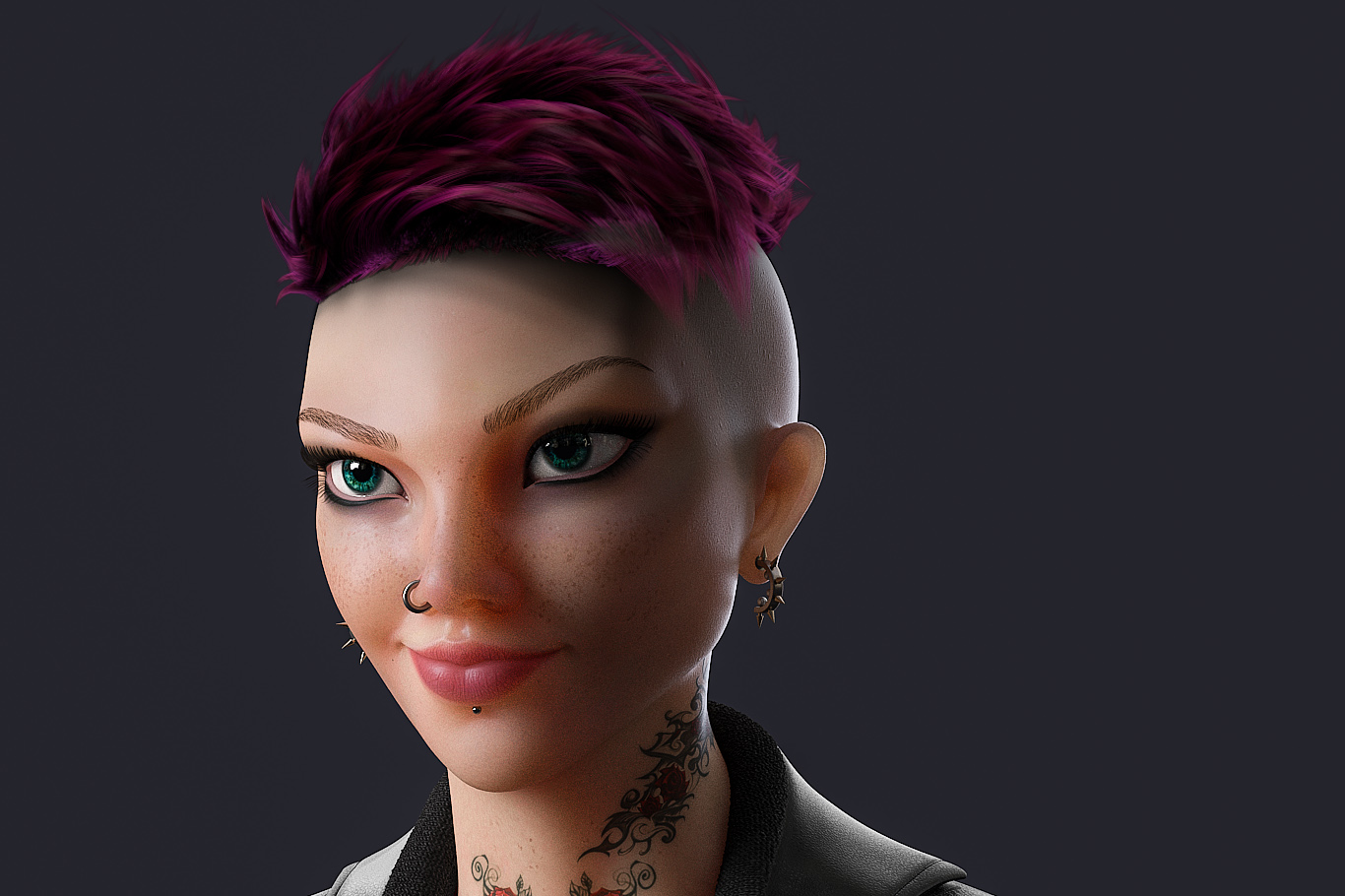
sss density scale = 0.5
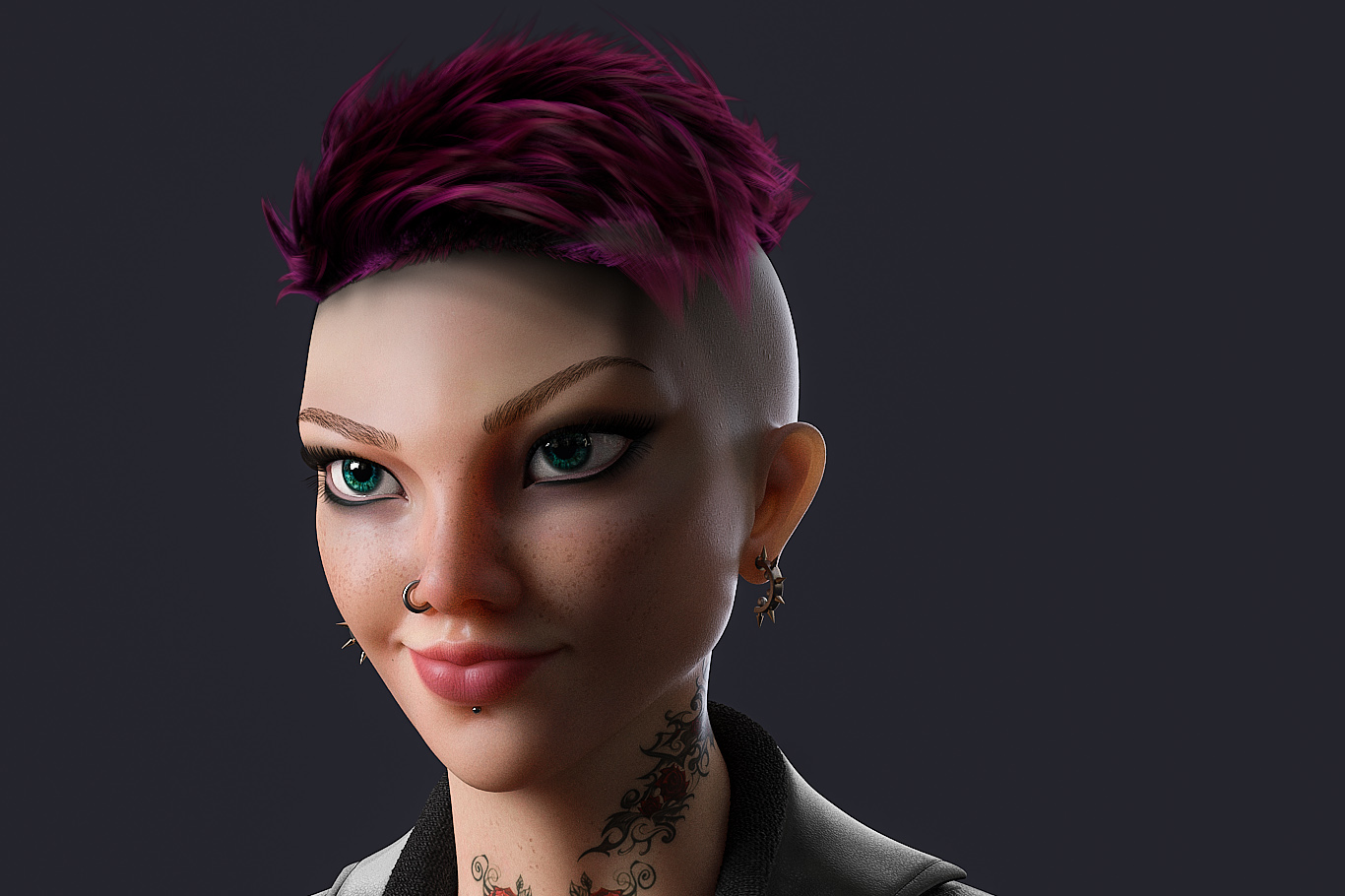
sss density scale = 1.0
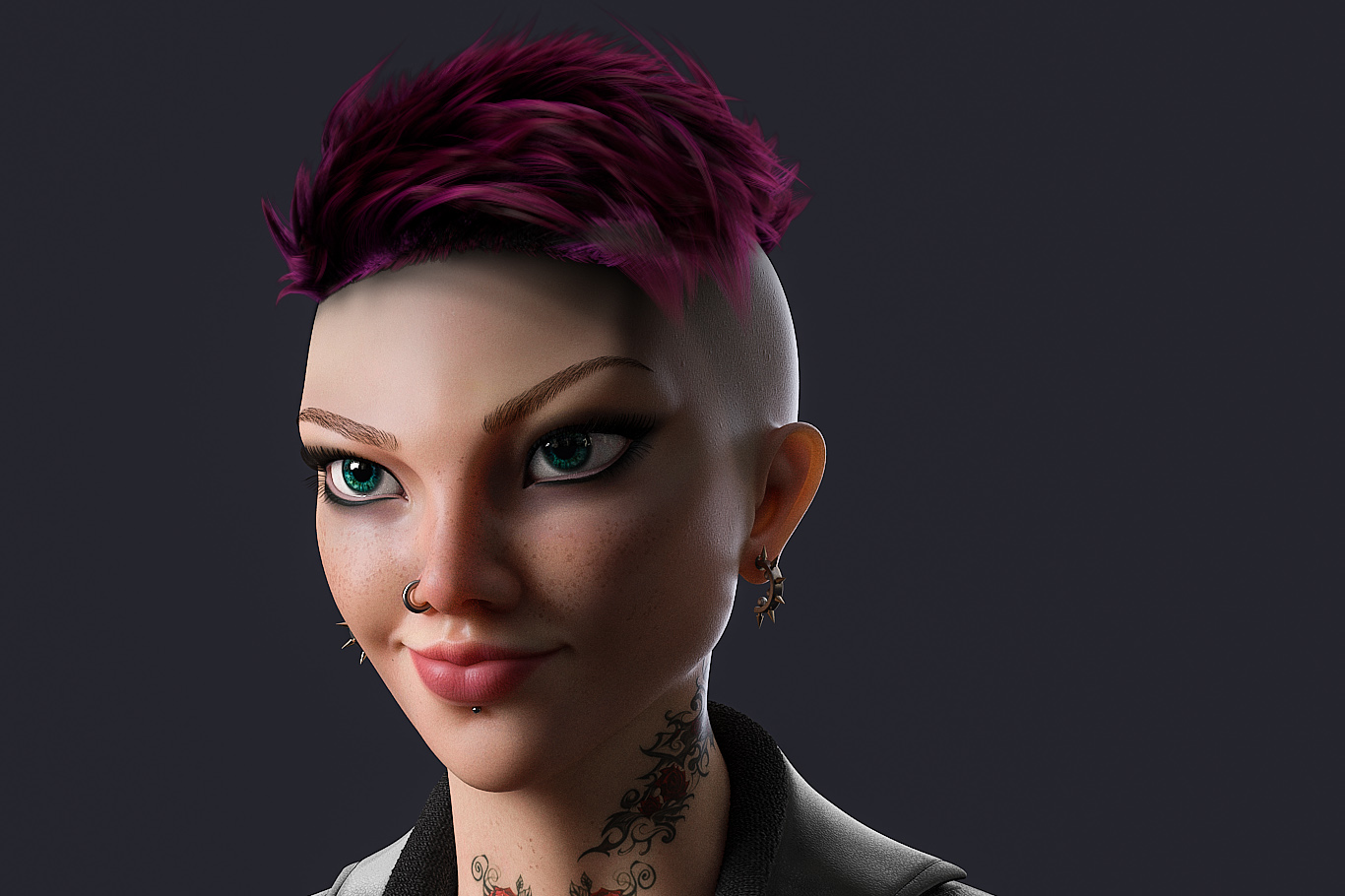
sss density scale = 1.5
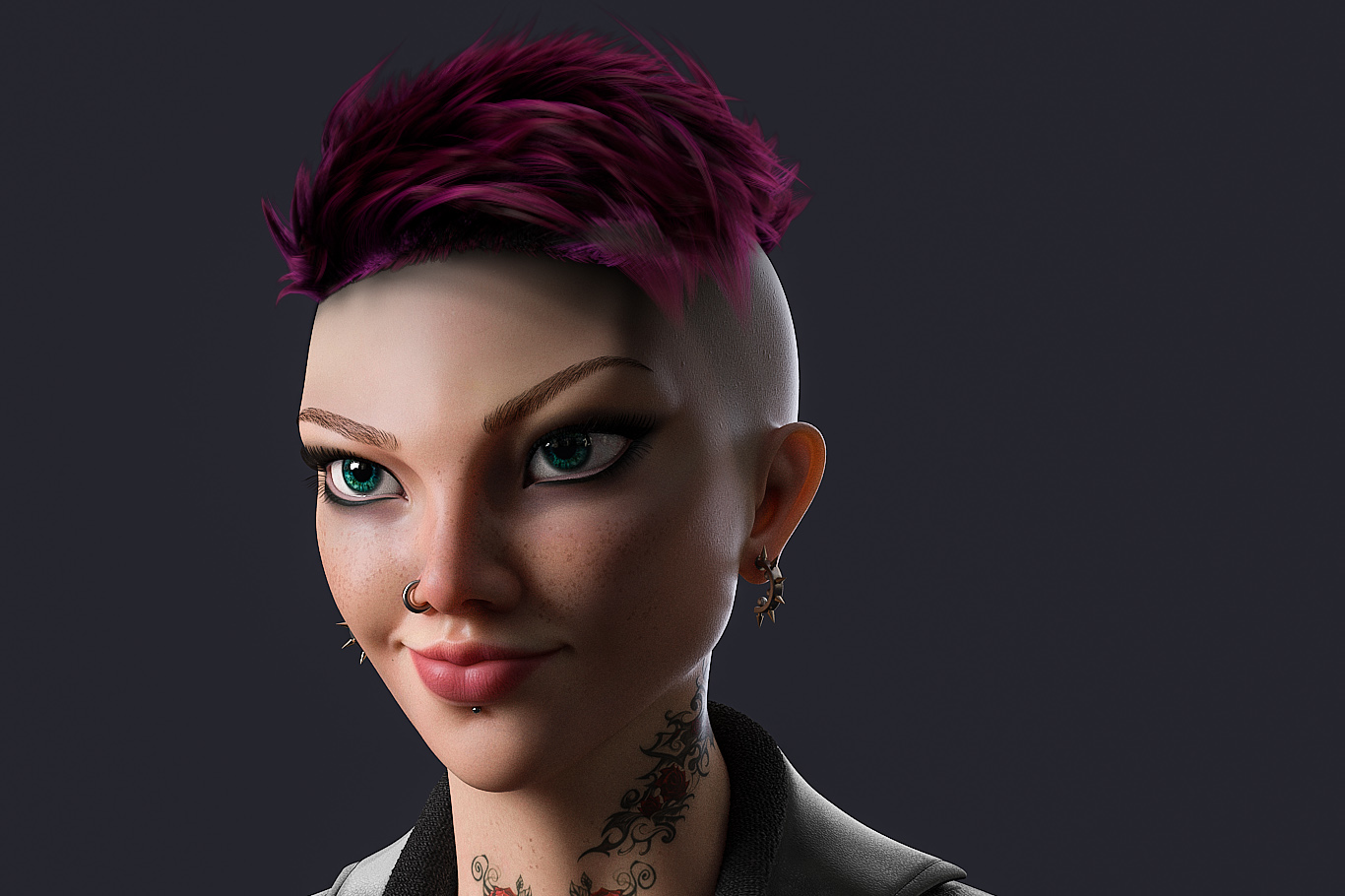
sss density scale = 2.0
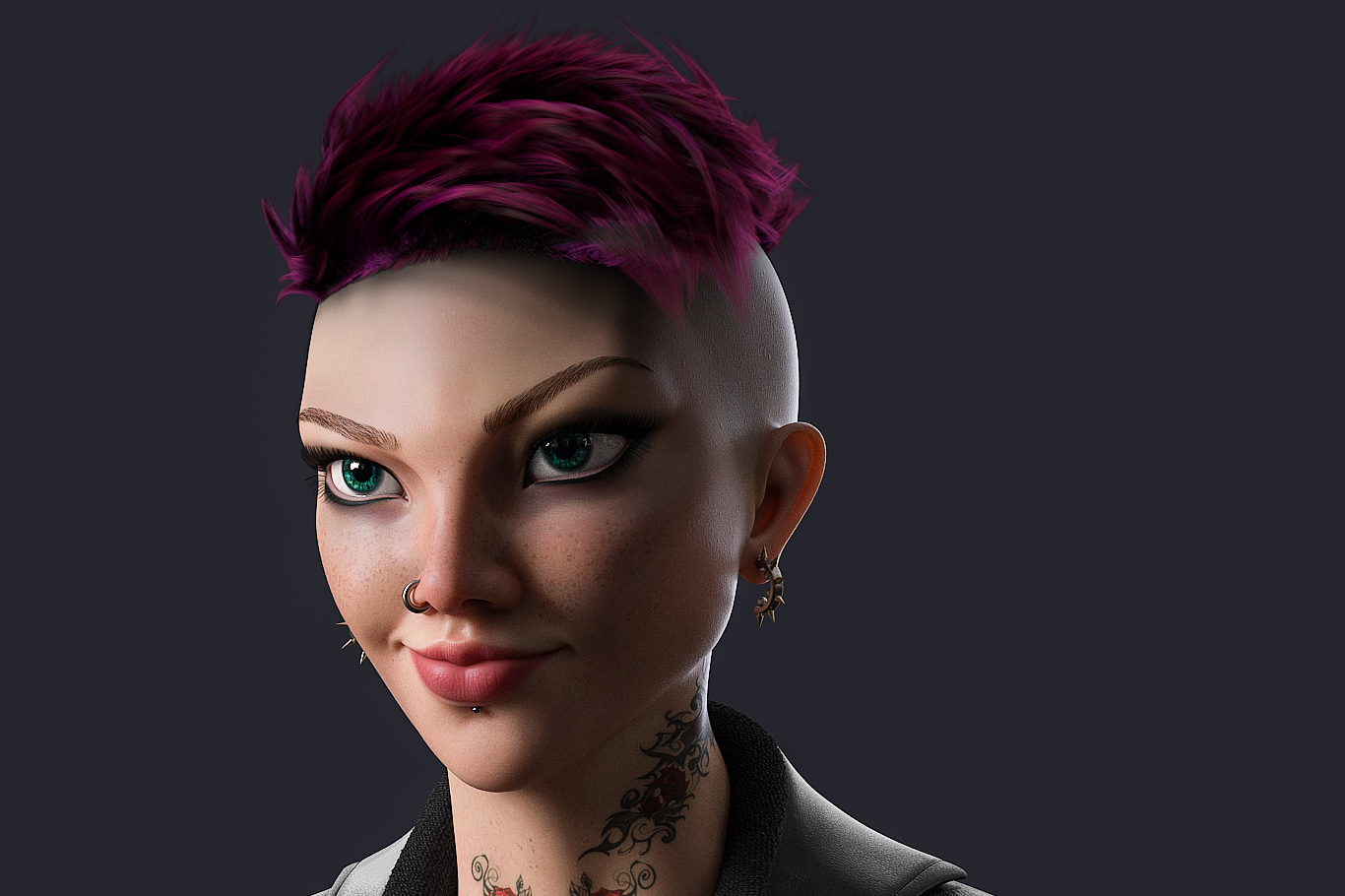
sss density scale = 2.5
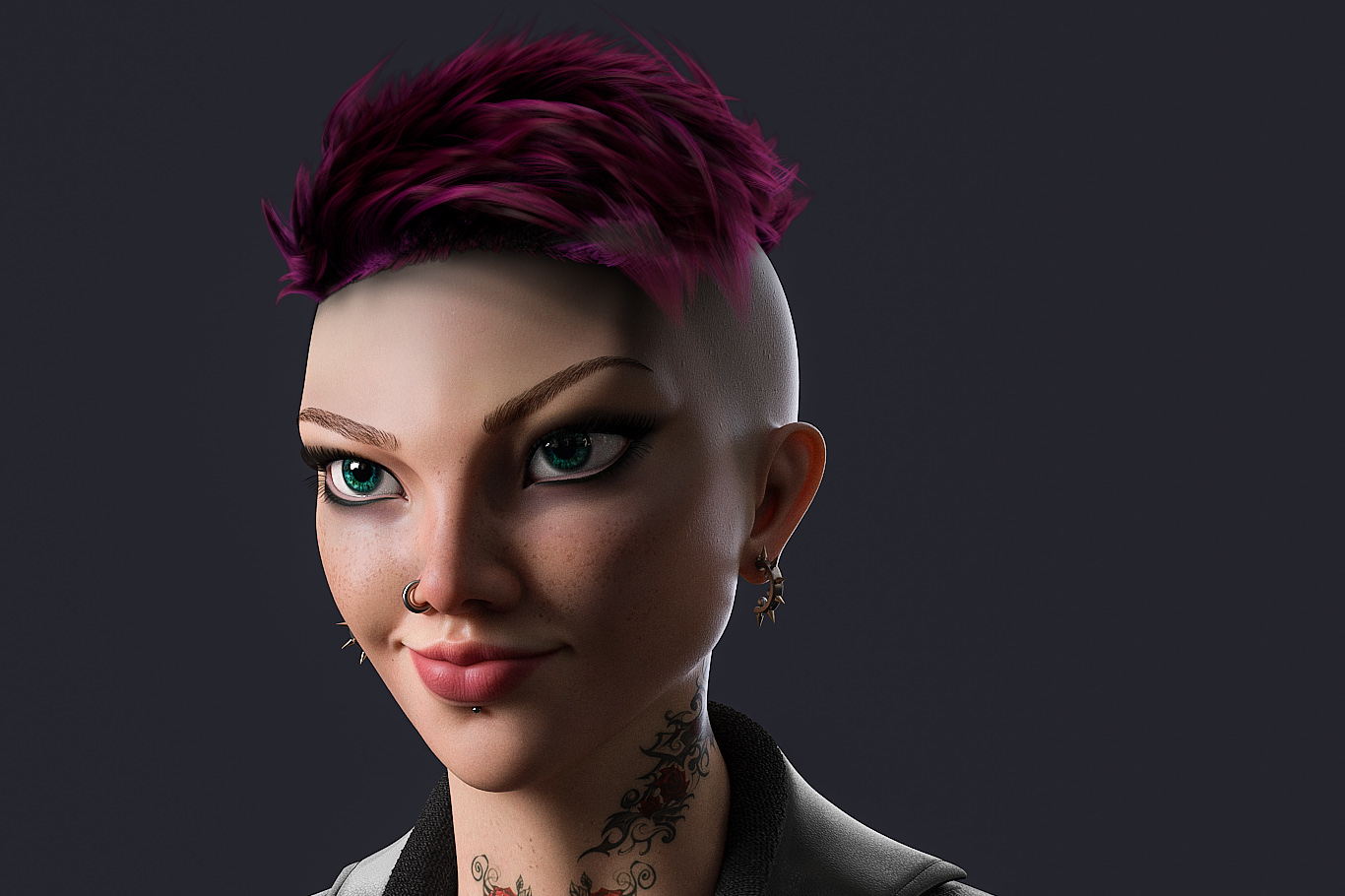
sss density scale = 3.0
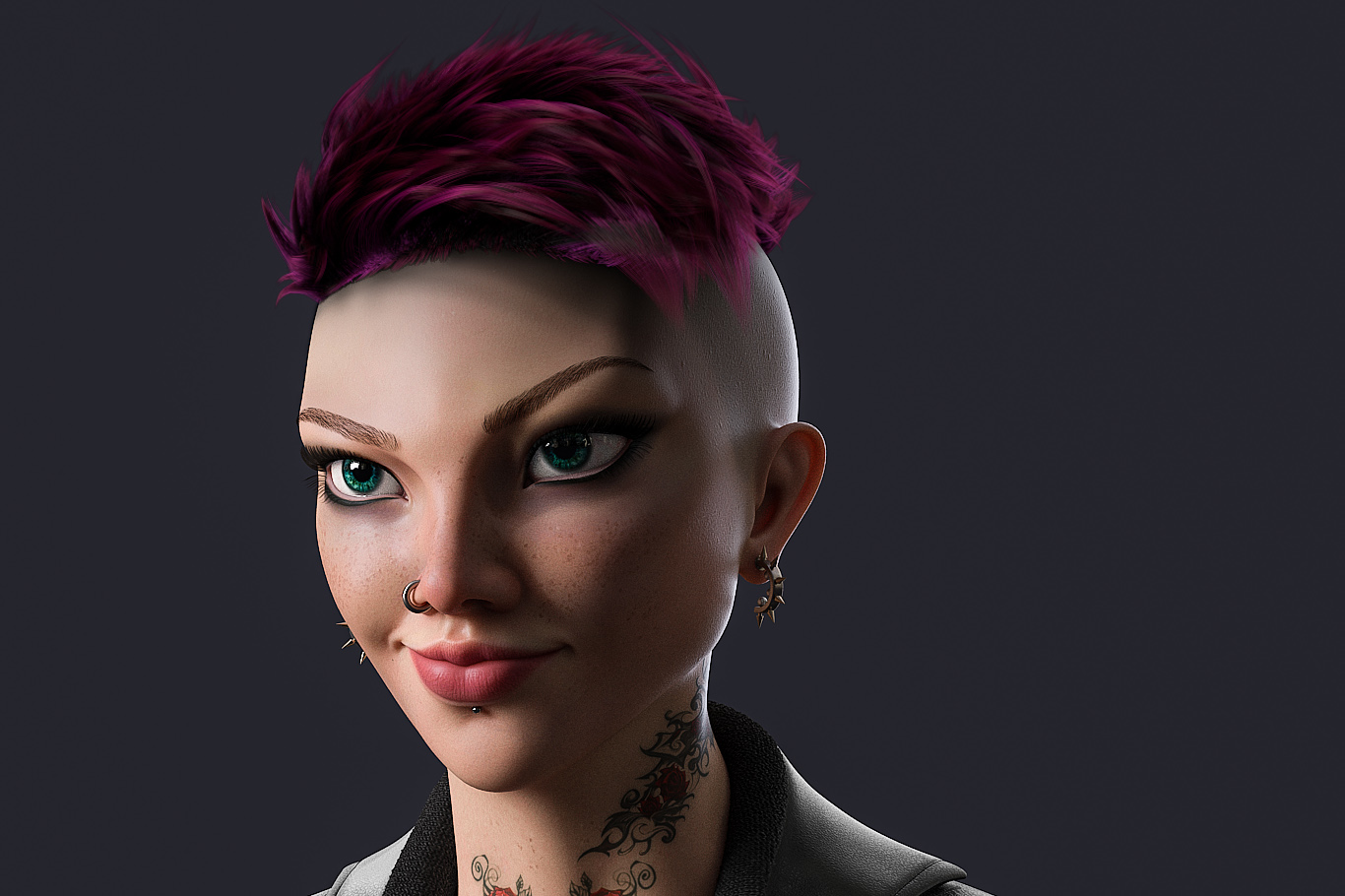
sss density scale = 3.5
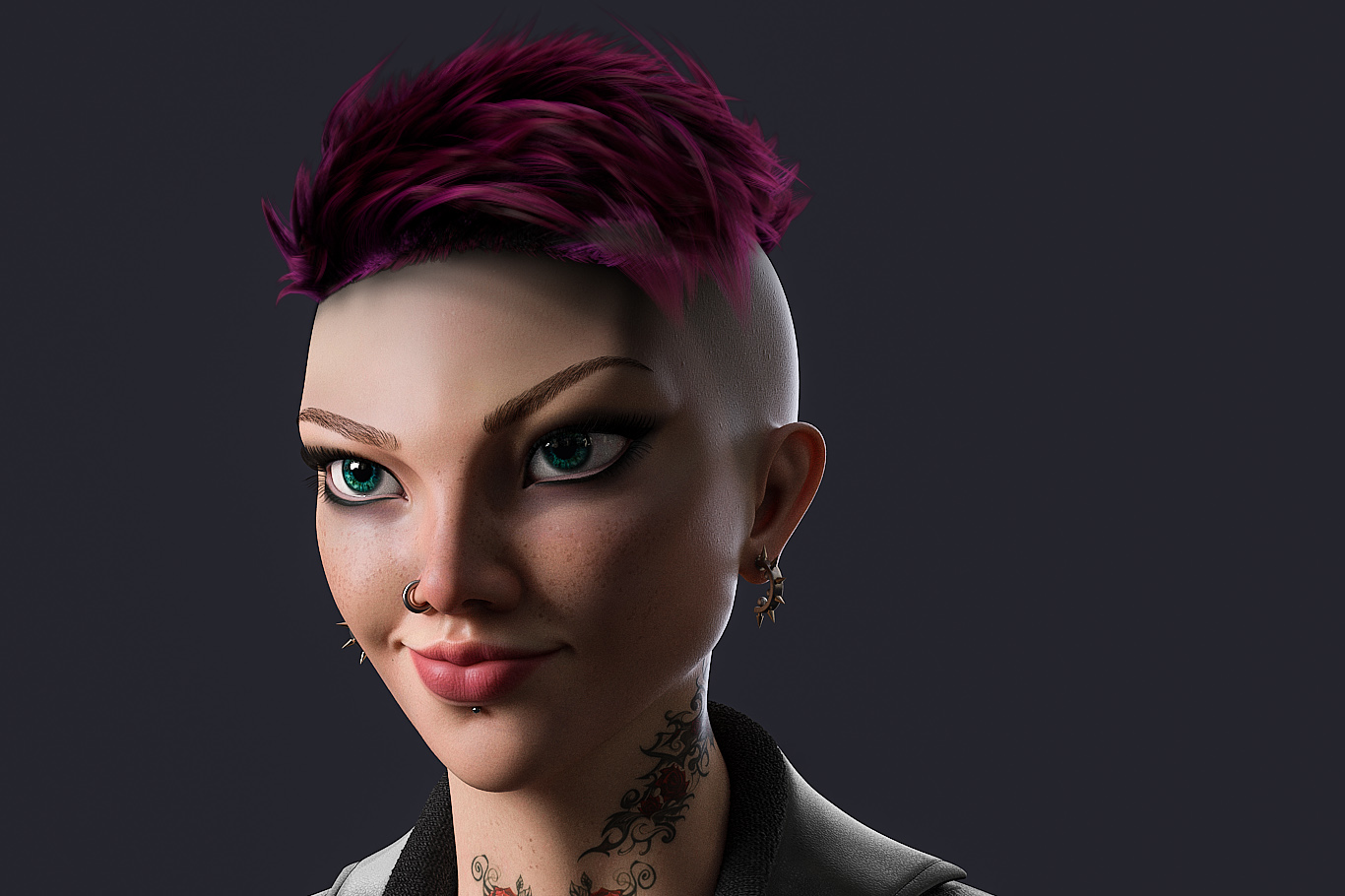
sss density scale = 4
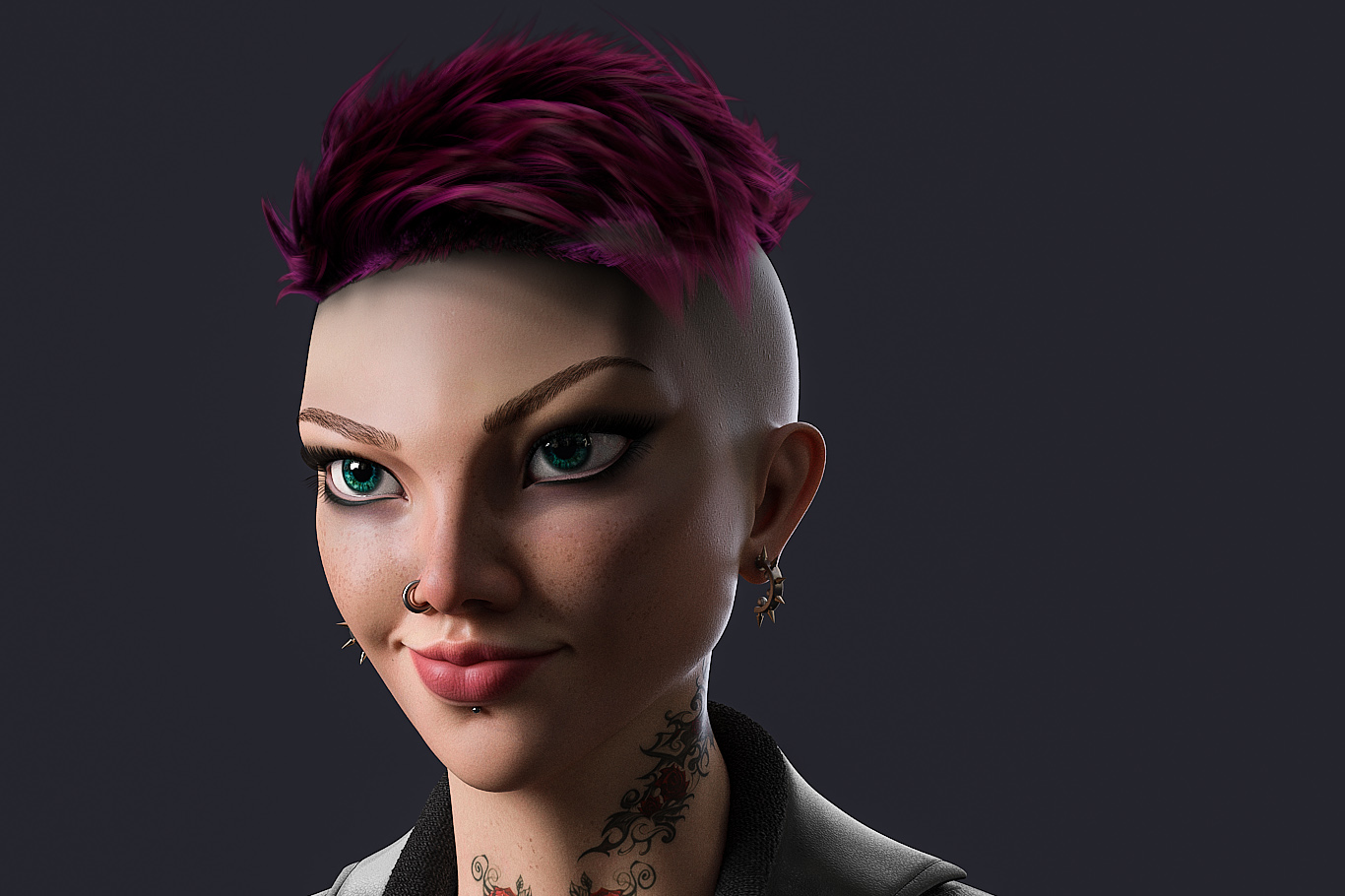
sss density scale = 4.5
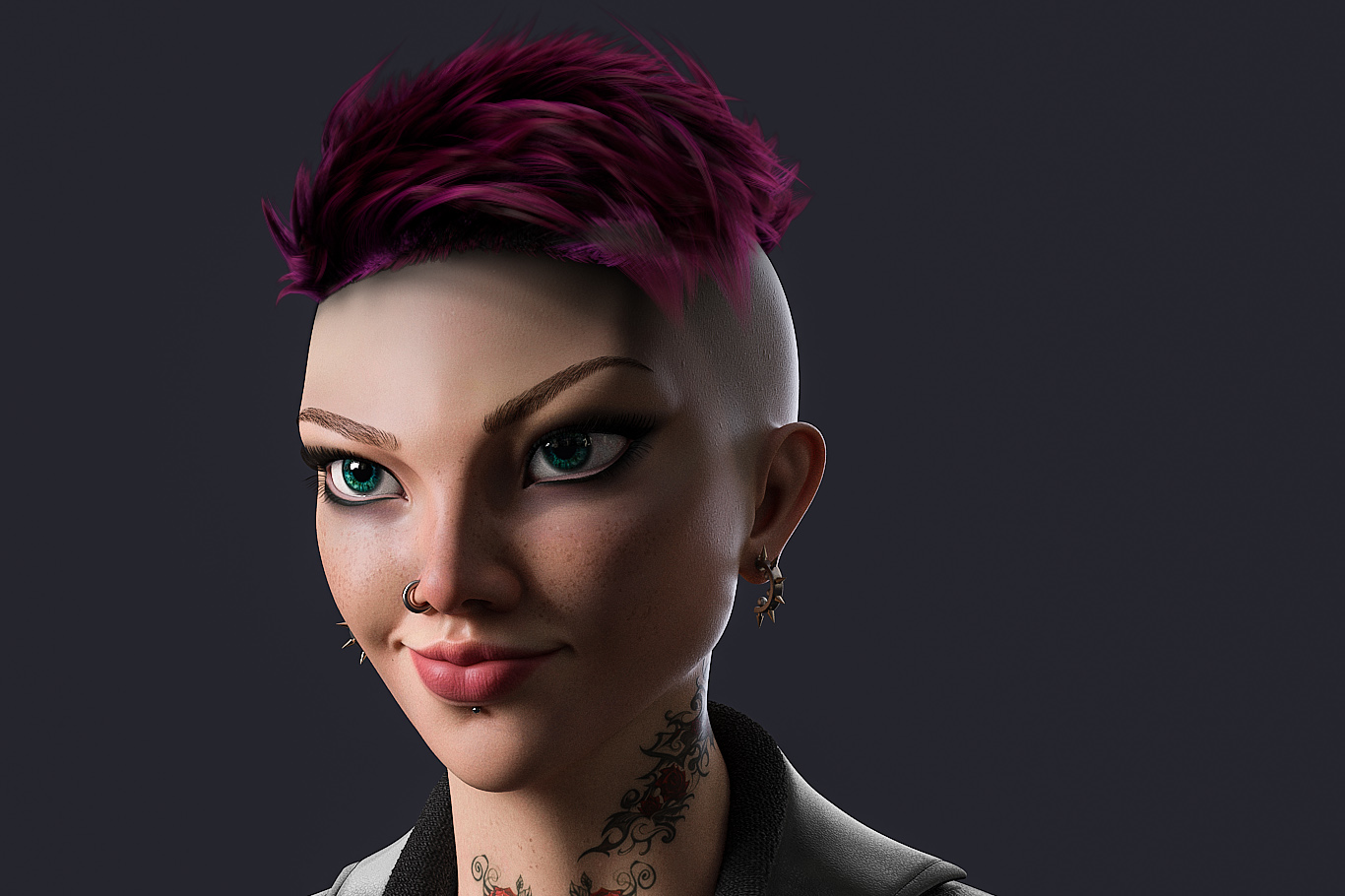
sss density scale = 5.0
0.55
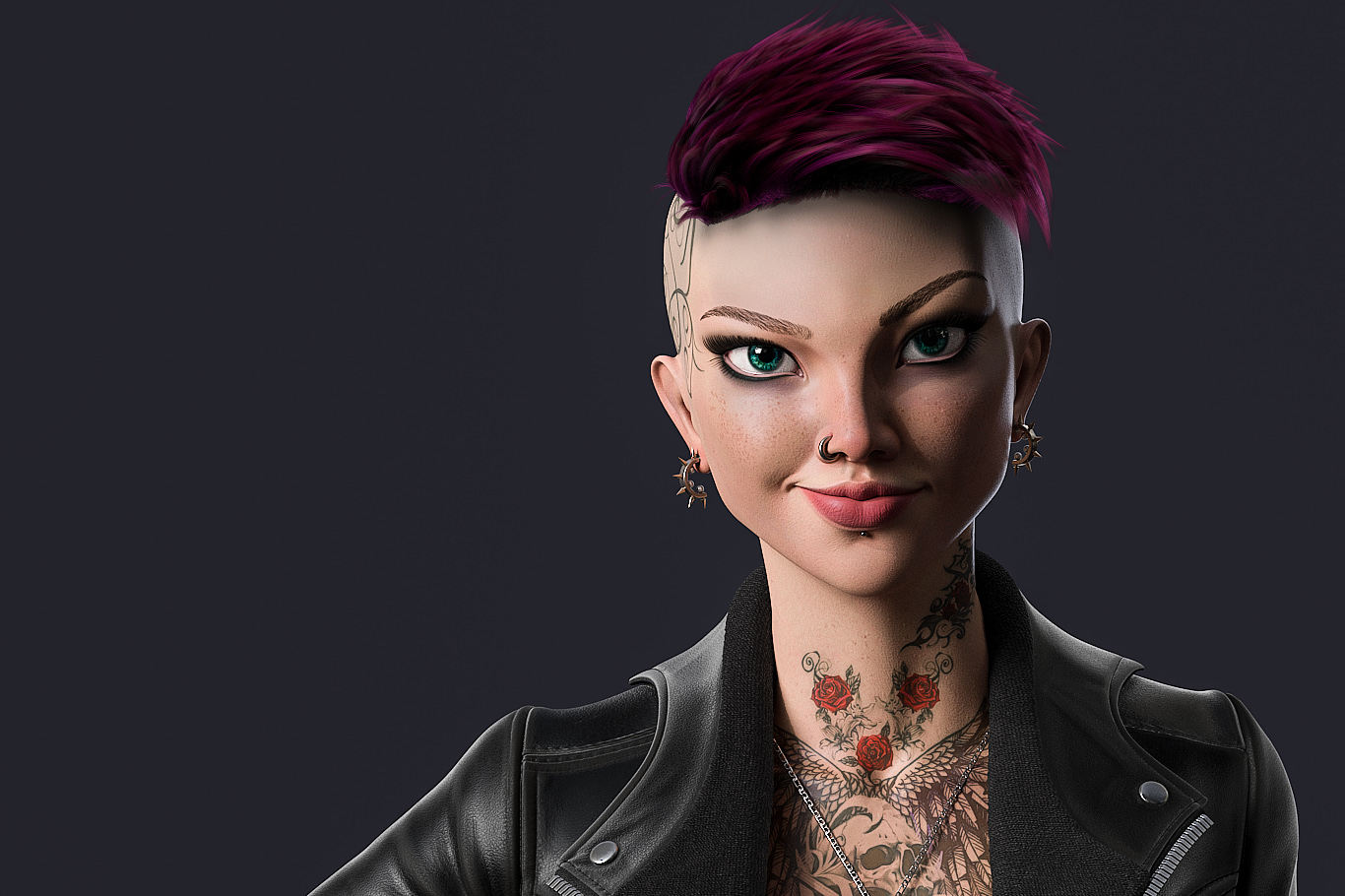
sss mix = 0
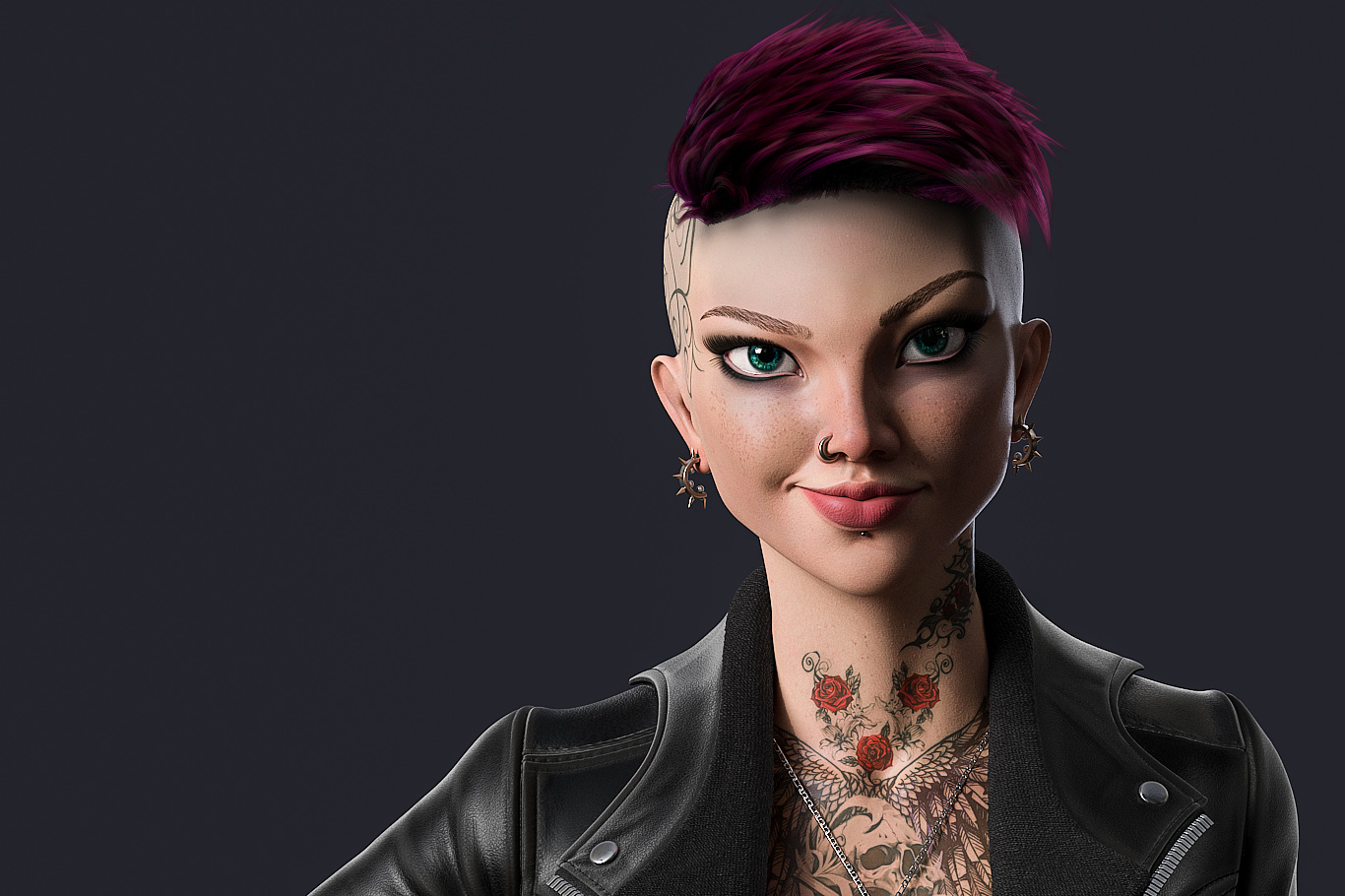
sss mix = 0.1
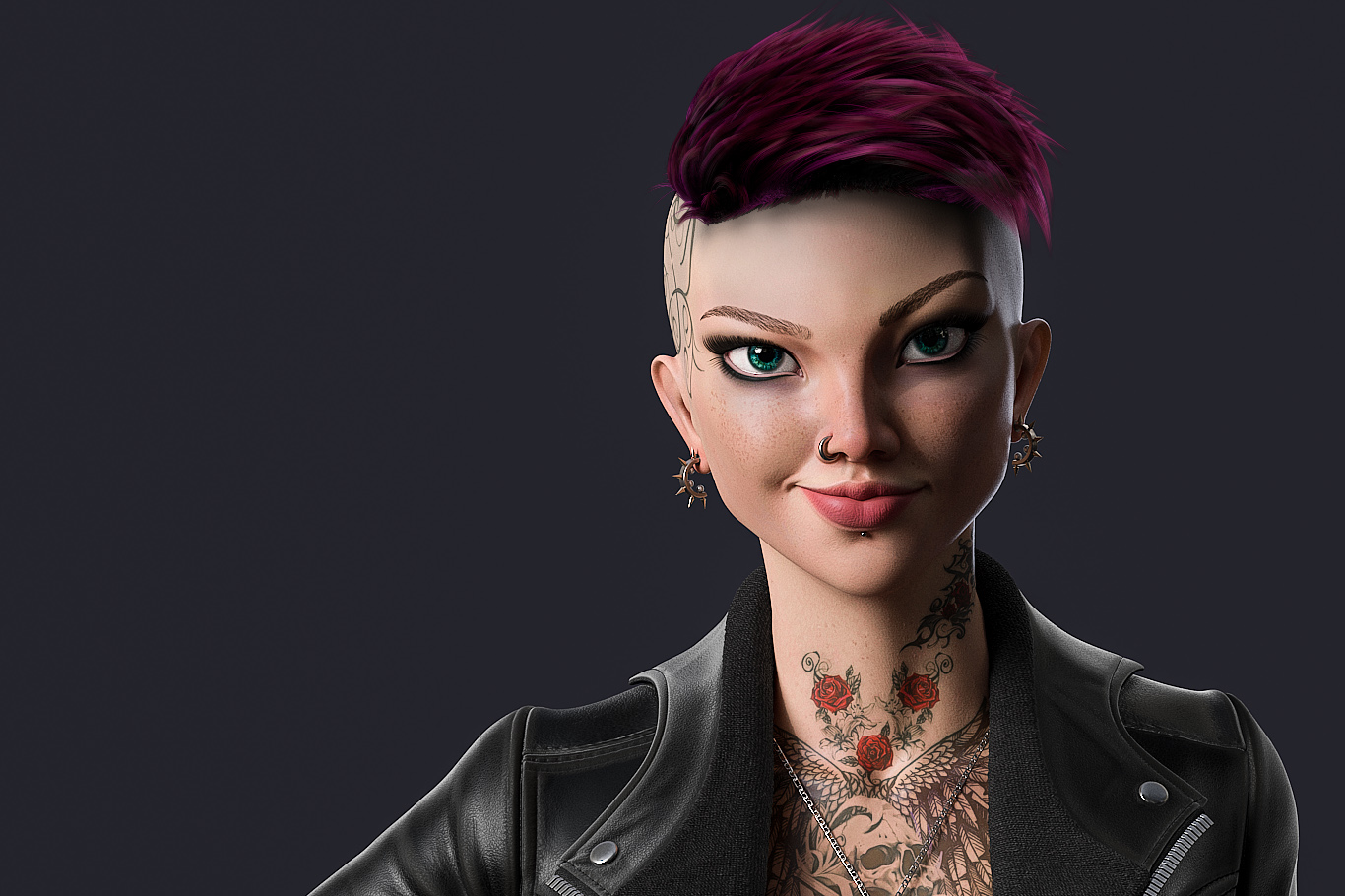
sss mix = 0.2
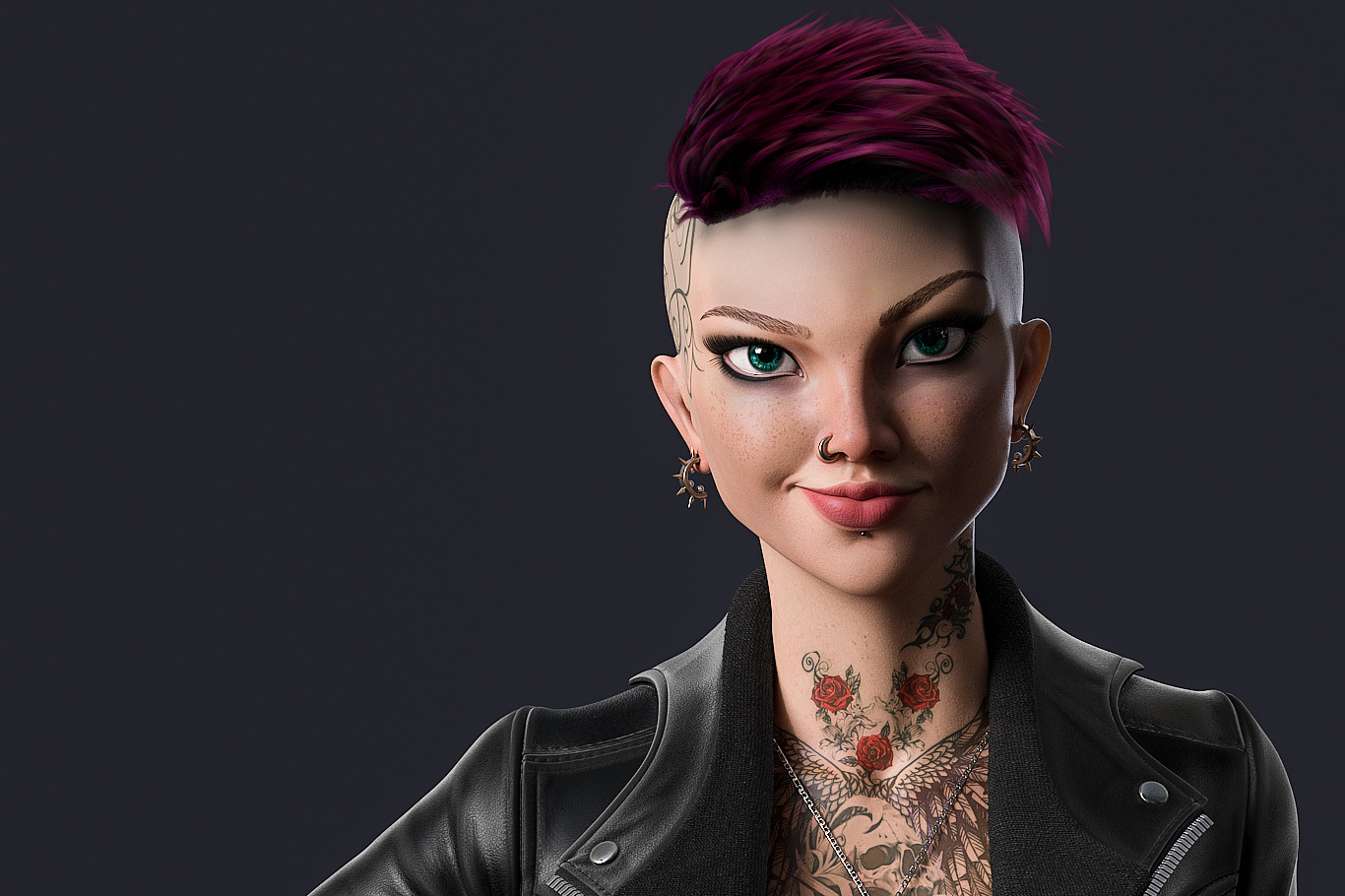
sss mix = 0.3
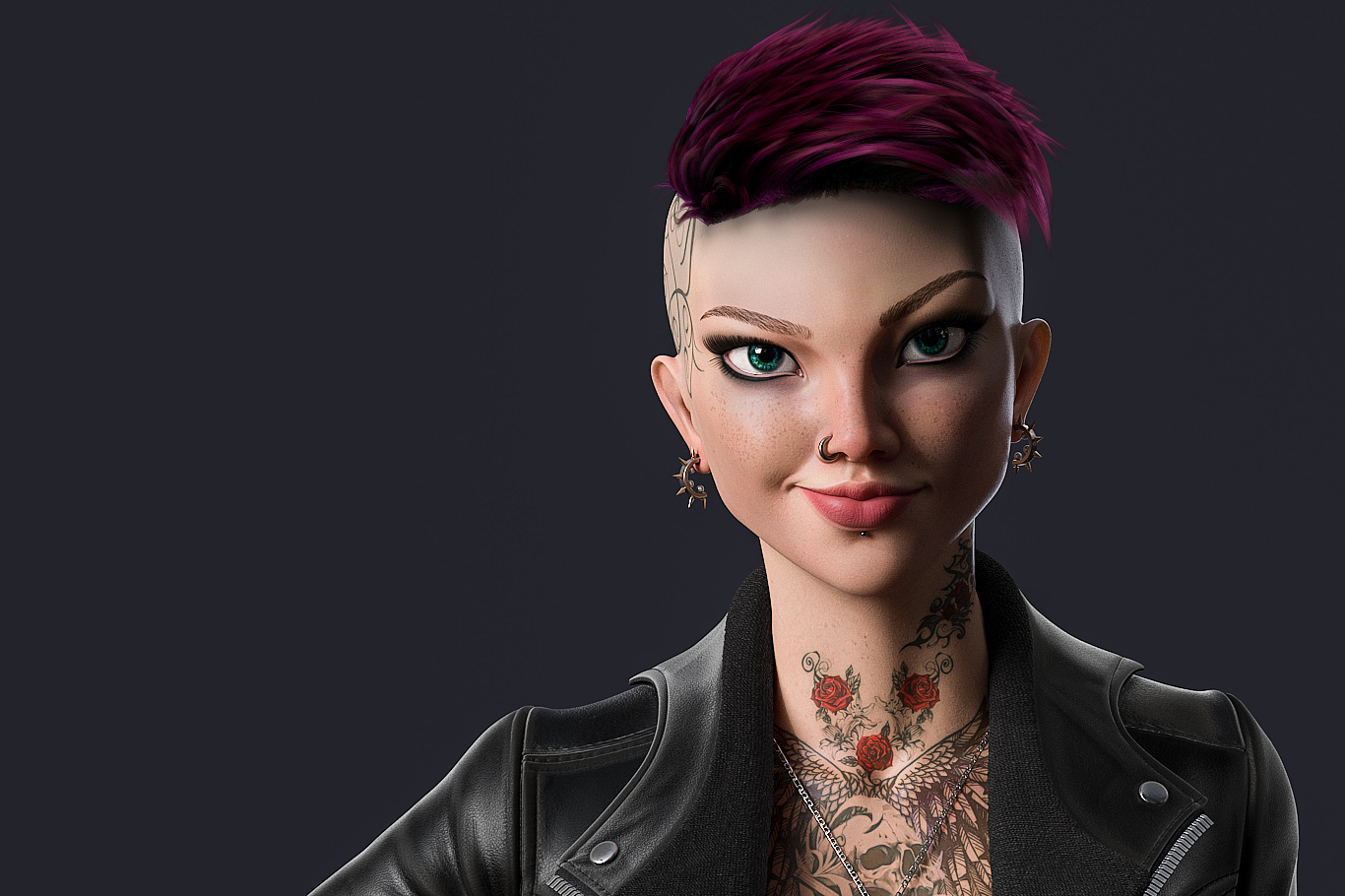
sss mix = 0.4
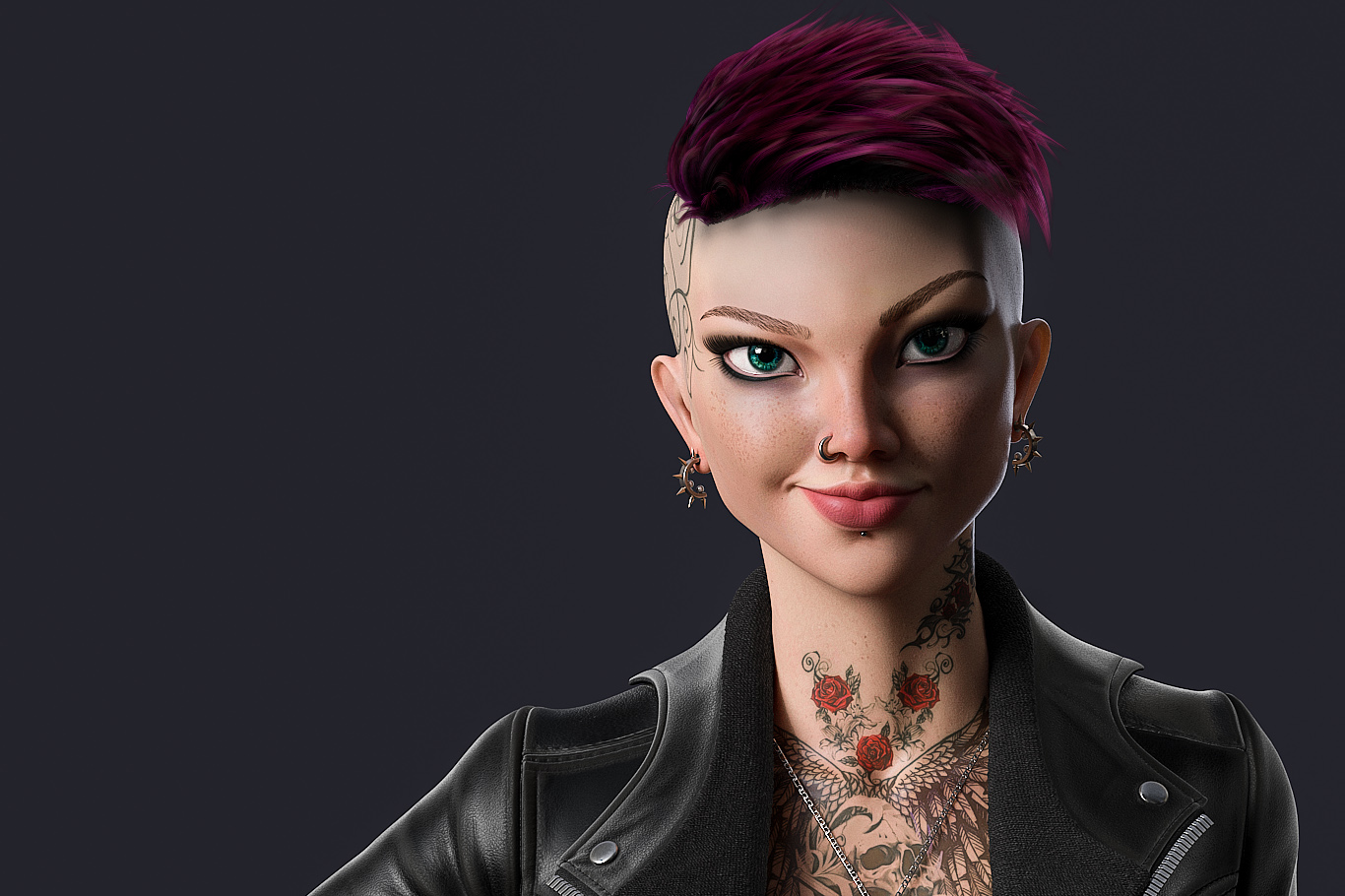
sss mix = 0.5
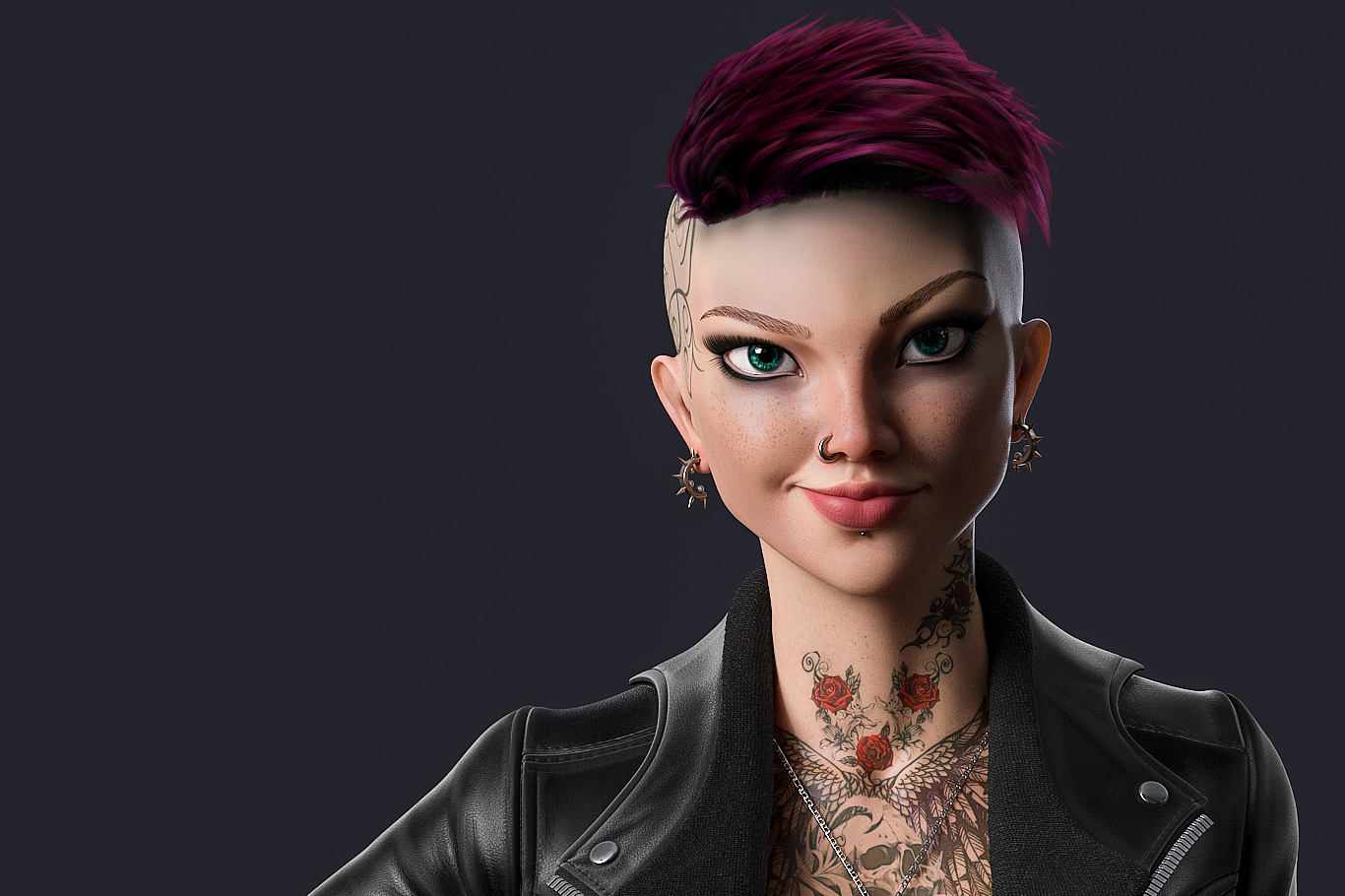
sss mix = 0.6
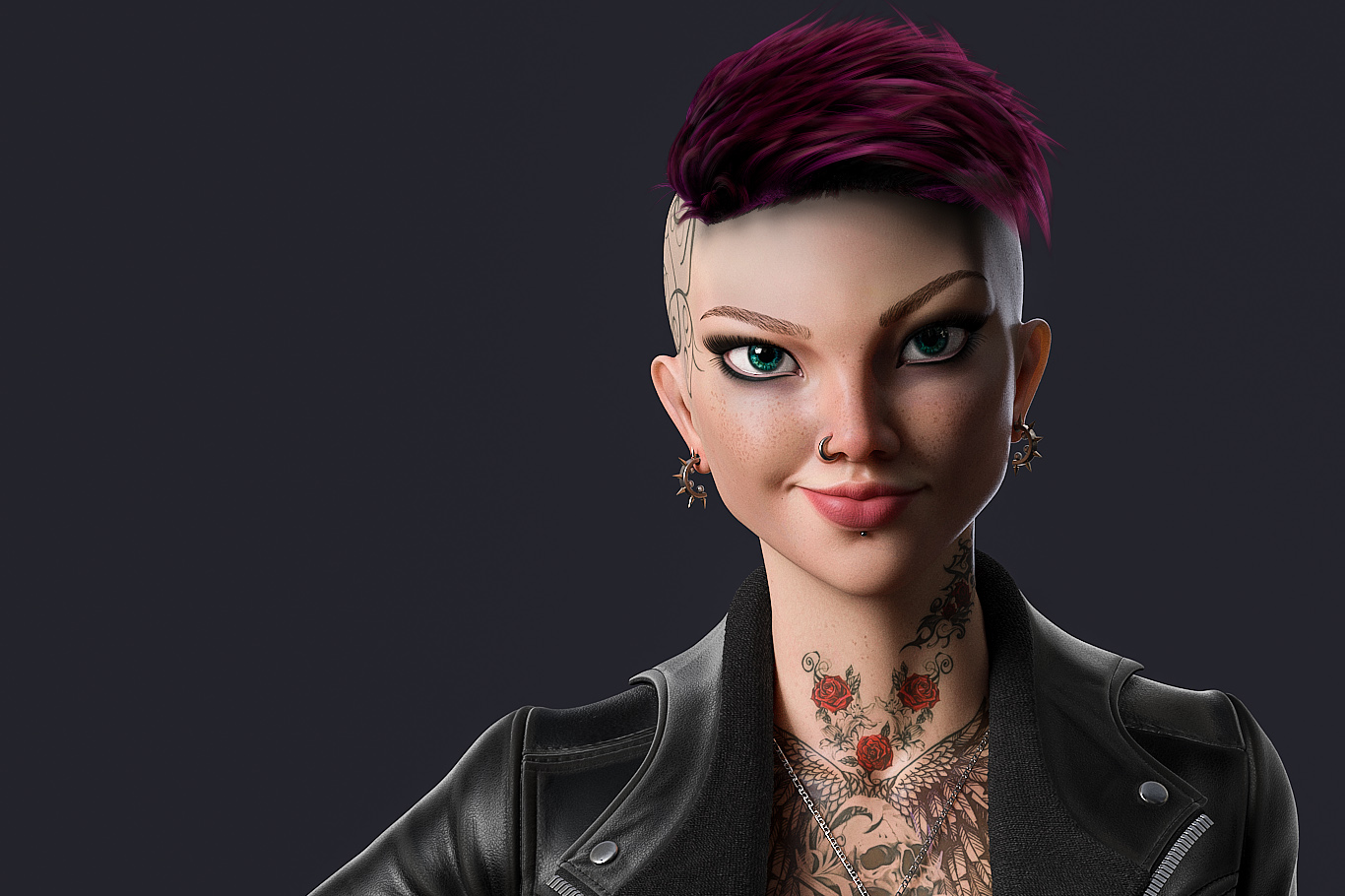
sss mix = 0.7
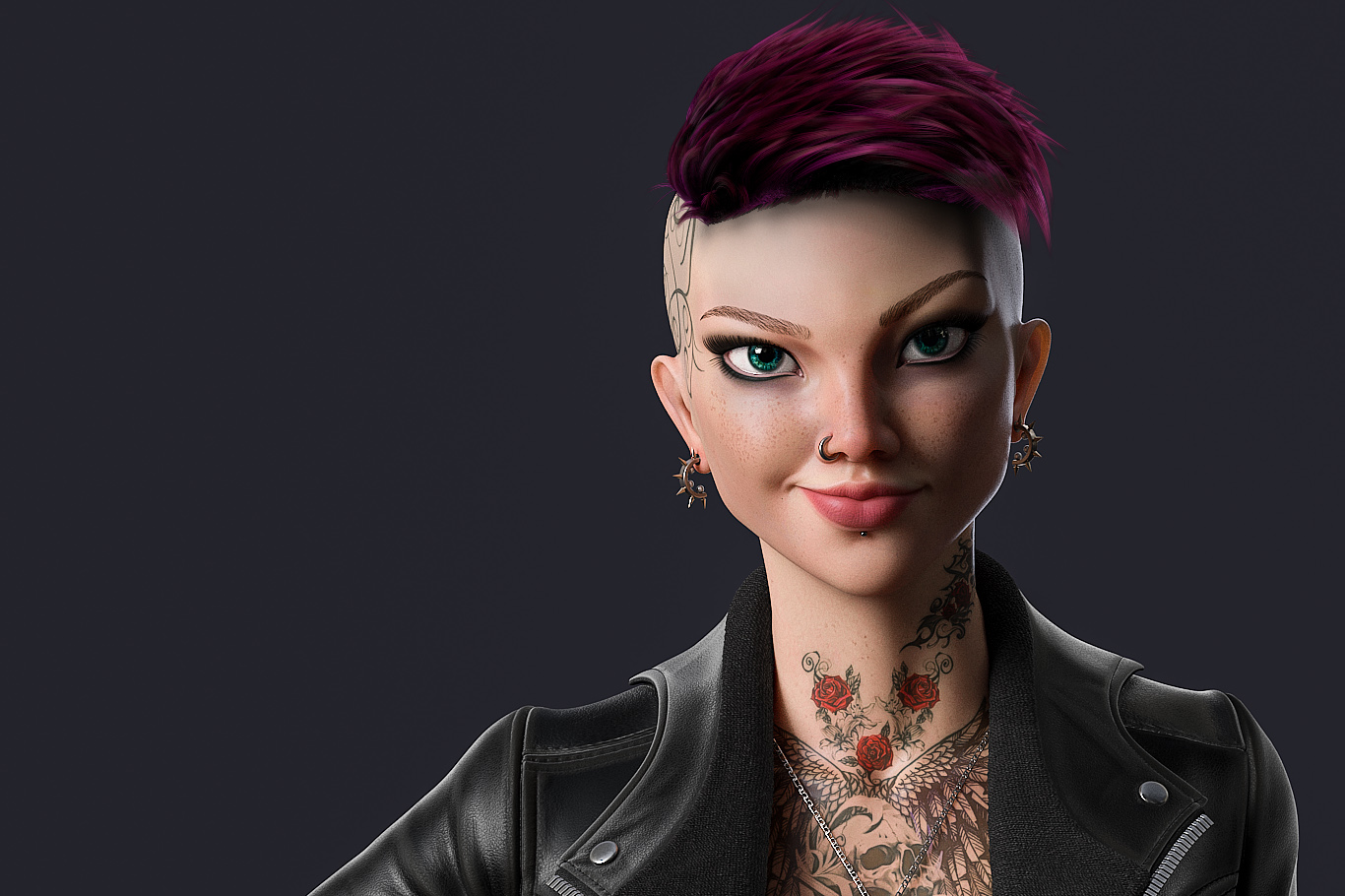
sss mix = 0.8
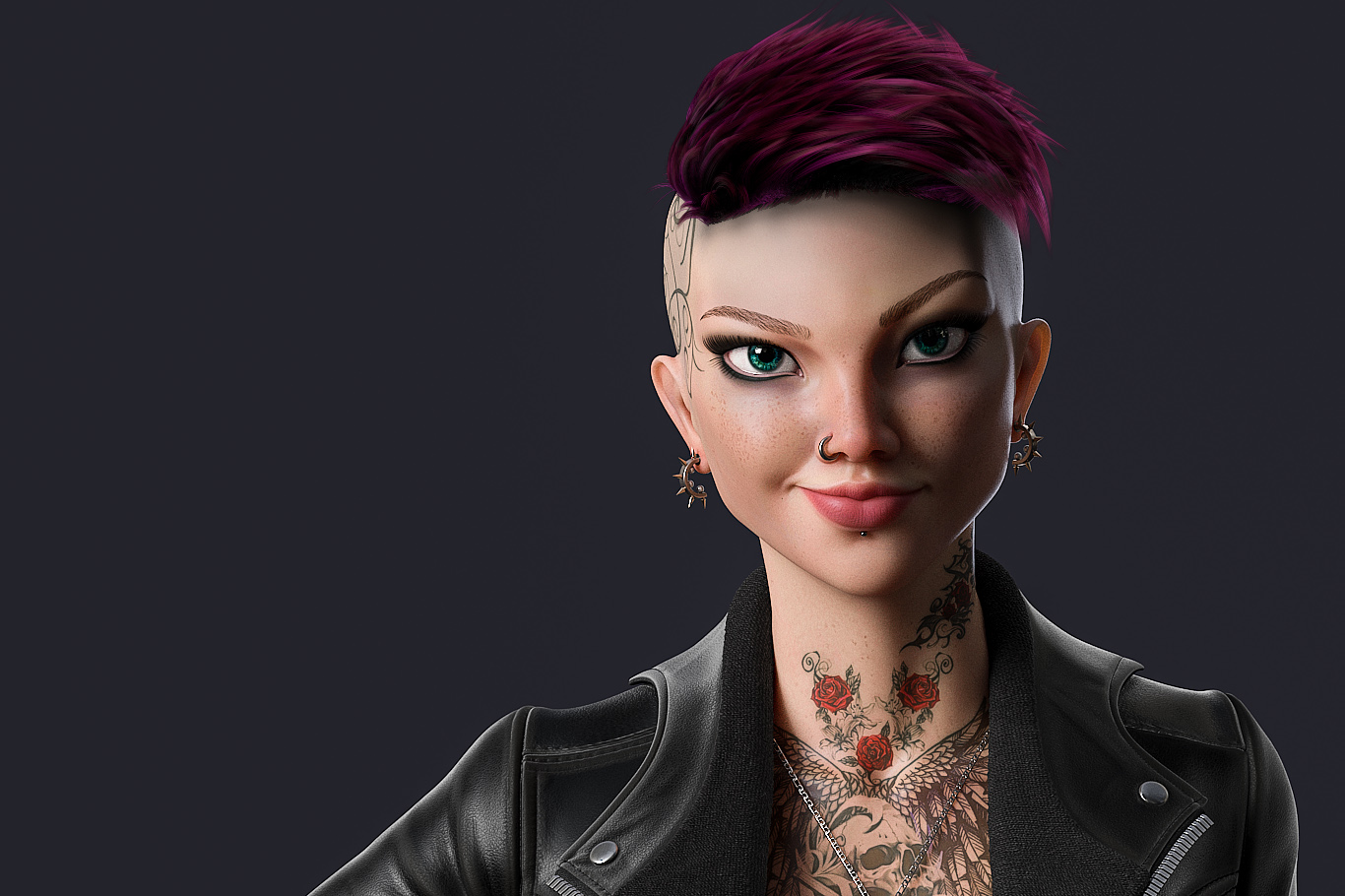
sss mix = 0.9
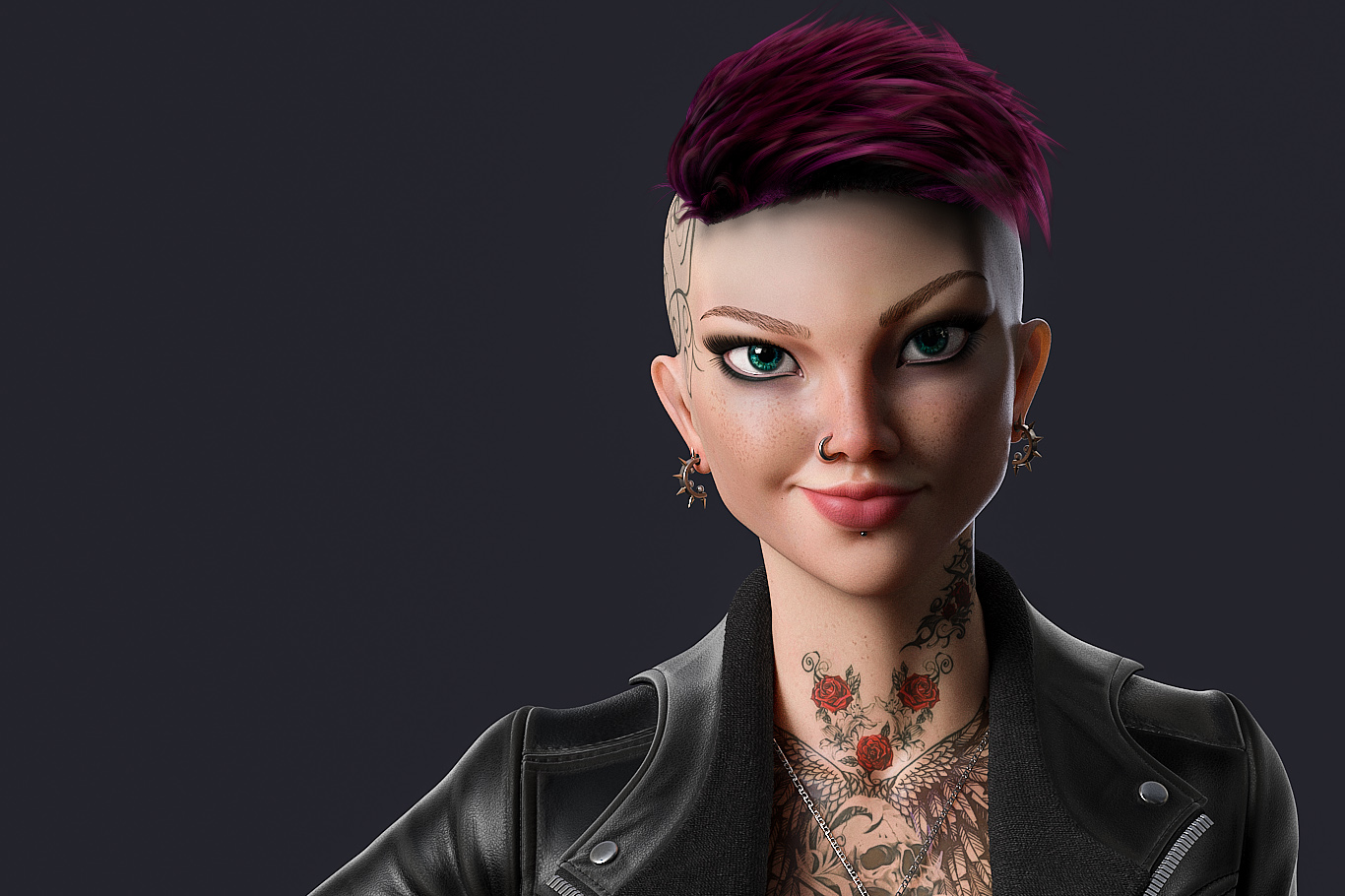
sss mix = 1.0
01
SSS
The AL Surface Material has three SSS rollouts with identical parameters for precise control over three types of subsurface scattering.
sss color – The color for the shallow scattering layer.
sss weight – The relative contribution of the shallow scattering layer to the material.
sss radius – The distance that light is scattered within the shallow layer.
Reflection
The AL Surface Material has two reflection rollouts with identical parameters for precise control over two types of reflection.
reflect color – The reflection color. Note that the reflection color dims the diffuse surface color.
reflect strength – A multiplier for the reflection color.
reflect roughness – Used to simulate rough surfaces or surfaces covered with dust.
reflect ior – The IOR to use when calculating Fresnel reflections. Normally this is locked to the Refraction IOR parameter, but you can unlock it for finer control.
reflect distribution – Determines the type of BRDF (the shape of the highlight):
Beckmann – Uses a Beckmann distribution for the reflection.
GGX – Uses GGX distribution for the reflection. The GGX distribution has a longer "tail" compared to the Beckmann distribution.
reflect bump texture – Allows the user to select a texture for the bump or normal map for the reflection component. The bump effect here is added to the General parameters bump effect. If no map is set in the General parameters or the map there is disabled, the map in this layer still produces its bump effect.
Example: ss2 color
This example demonstrates the effect of the ss2 color parameter. The ss1 slot is connected to a texture map. The ss2 slot is set to color (140/50/22). In the example, we are adjusting the hue of the color.
Example: reflect color
This example demonstrates the effect reflect color parameter.
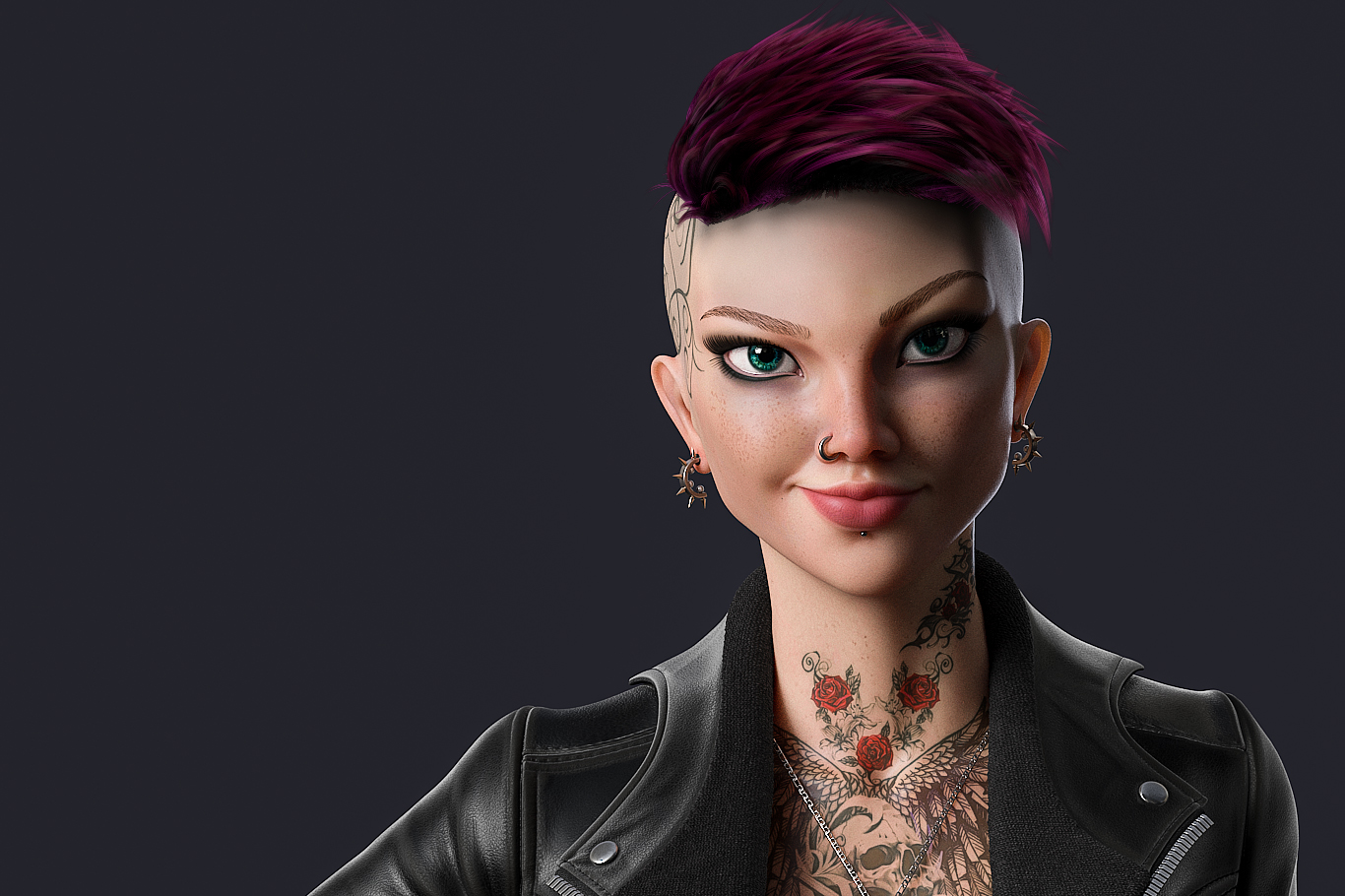
ss2 color (hue) = 0
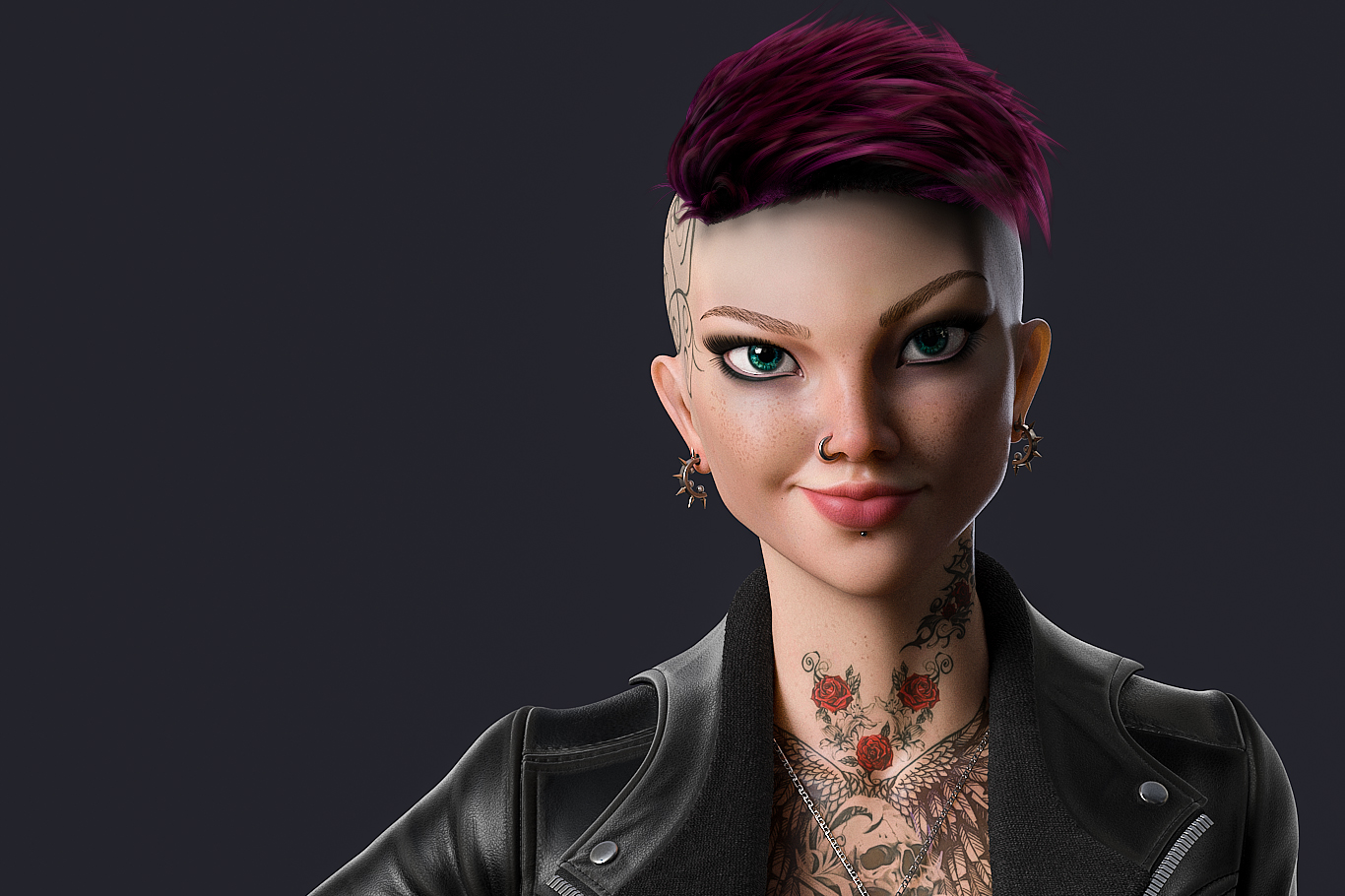
ss2 color (hue) = 40
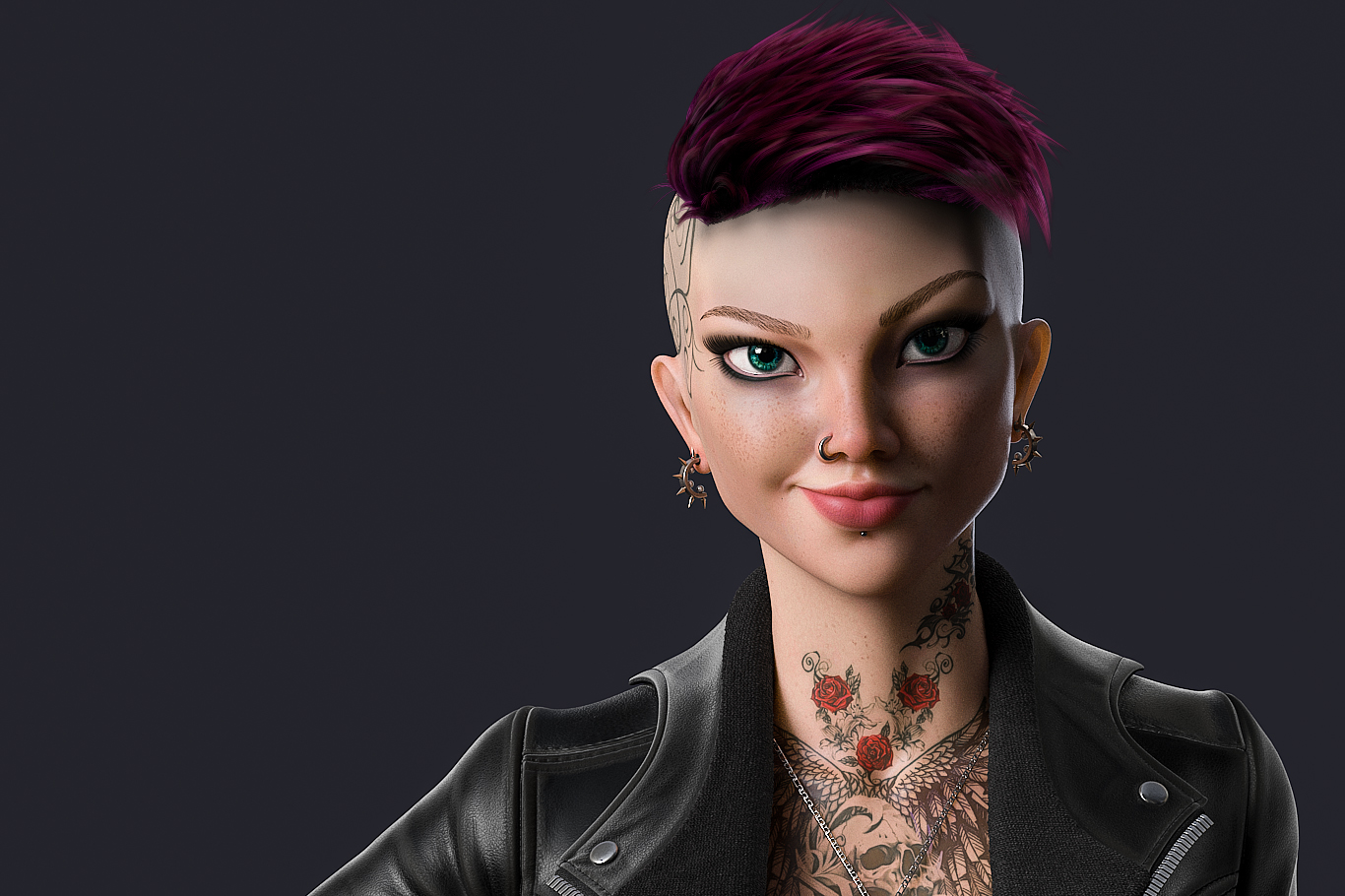
ss2 color (hue) = 80
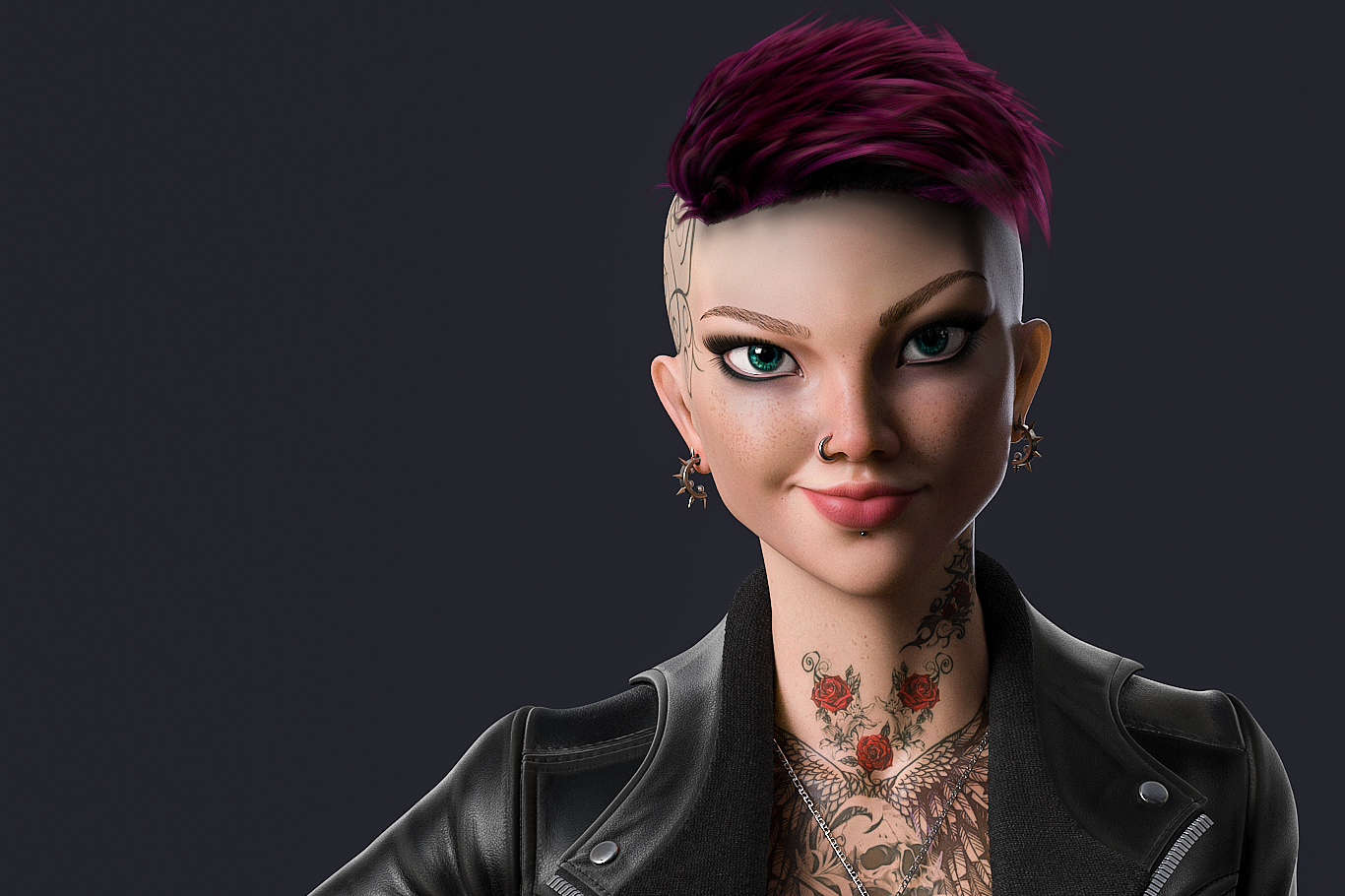
ss2 color (hue) = 120
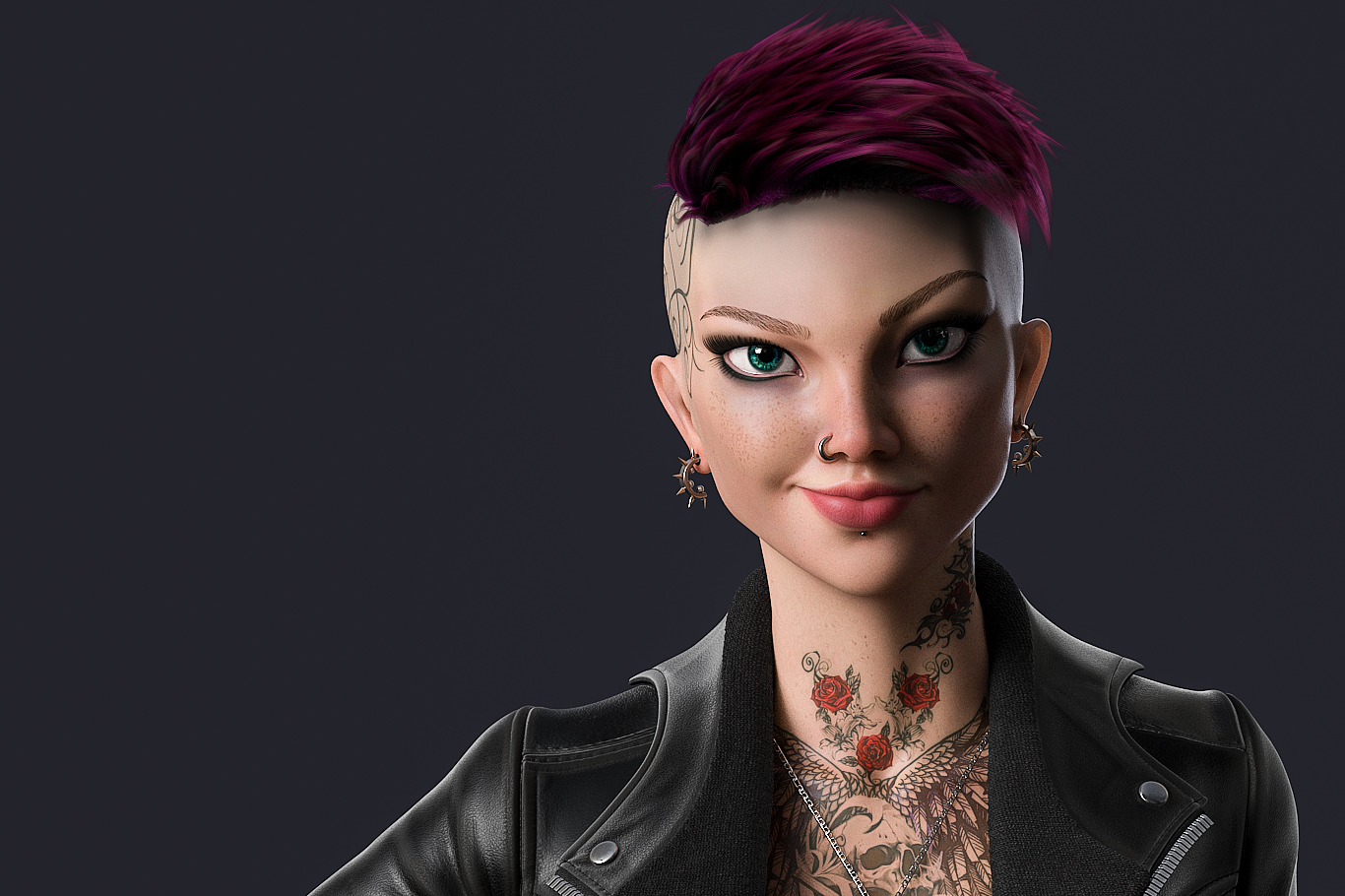
ss2 color (hue) = 160
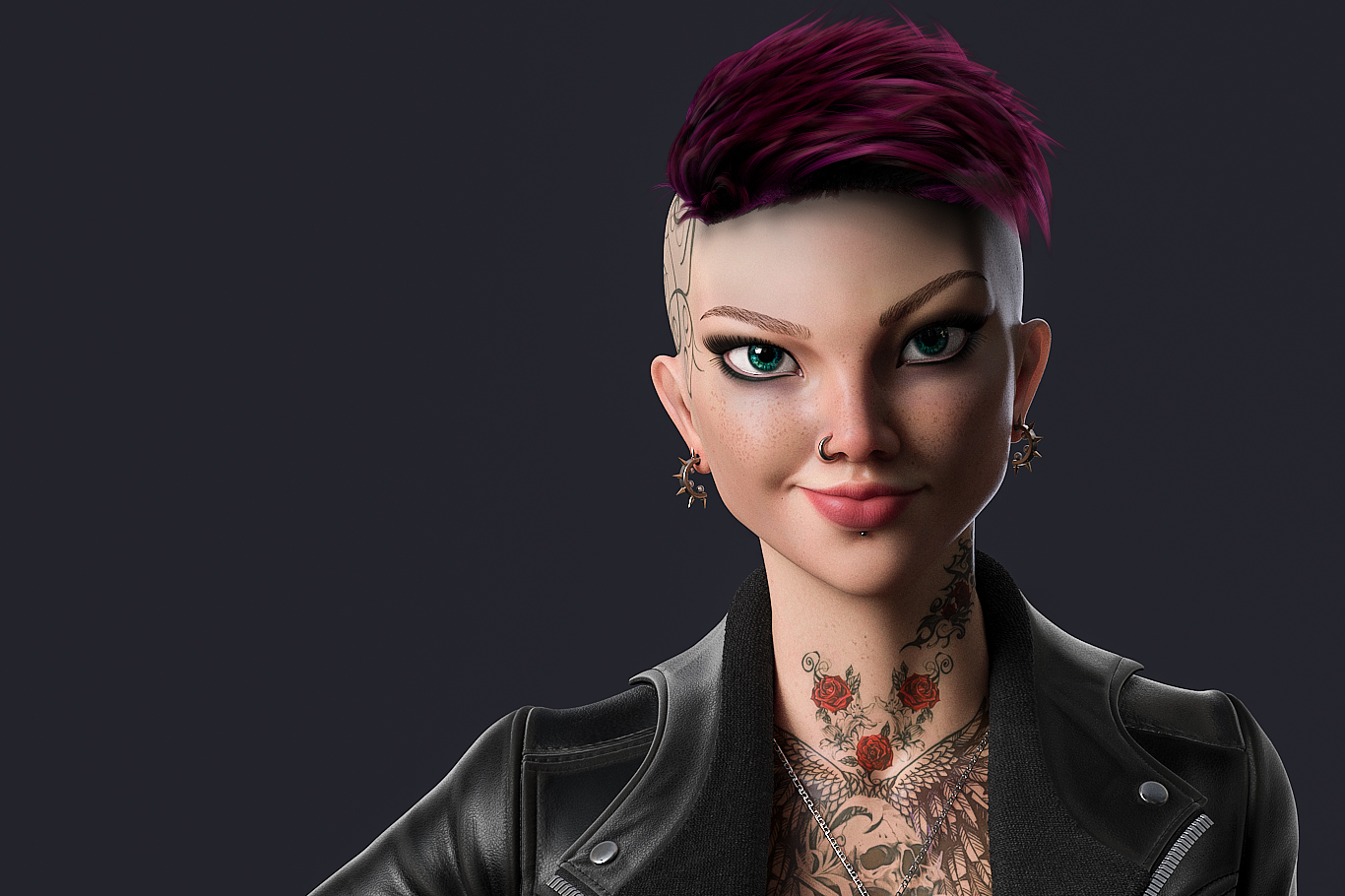
ss2 color (hue) = 200
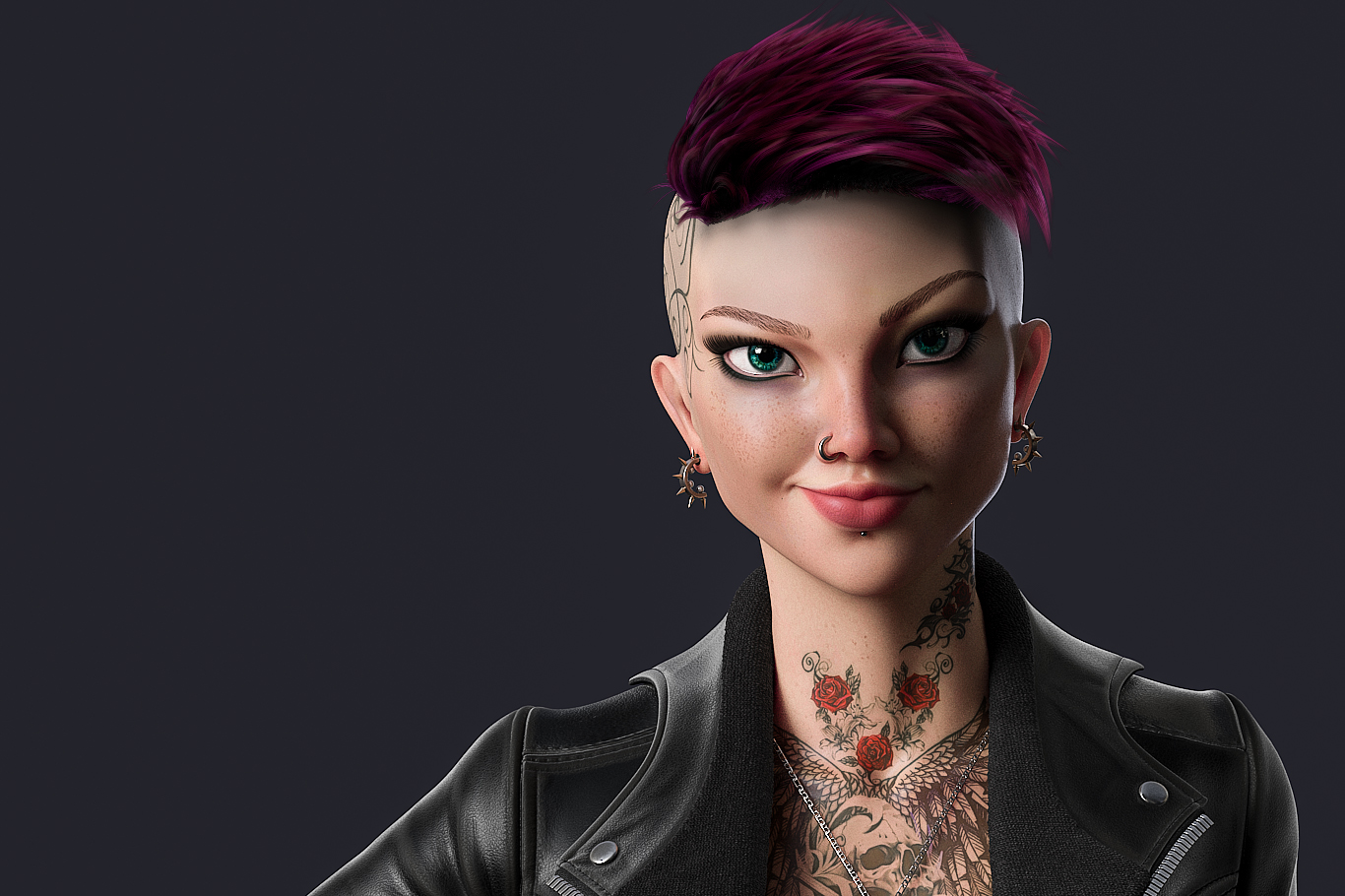
ss2 color (hue) = 240

ss2 color (hue) = 280
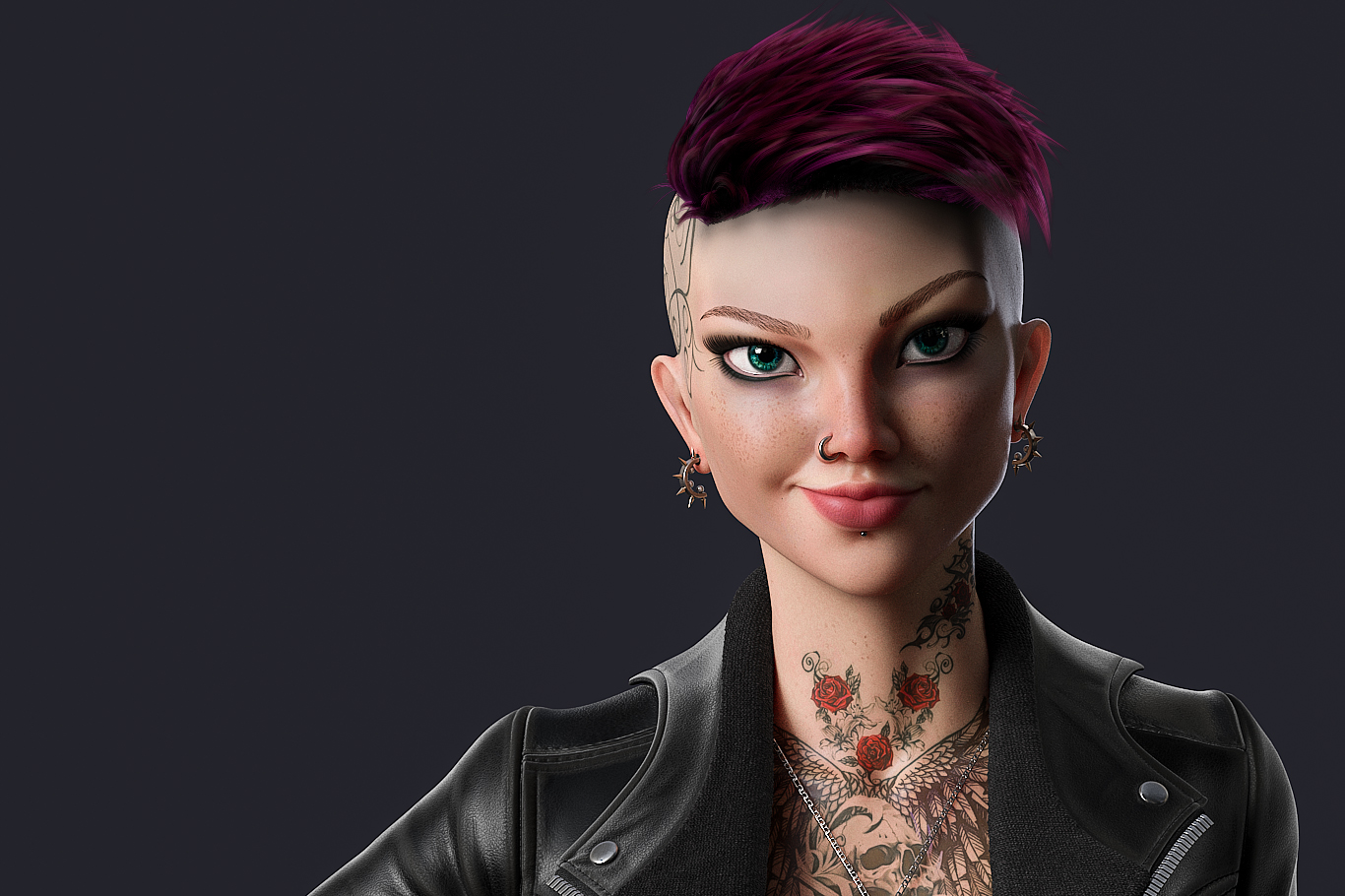
ss2 color (hue) = 320

ss2 color (hue) = 360
0360
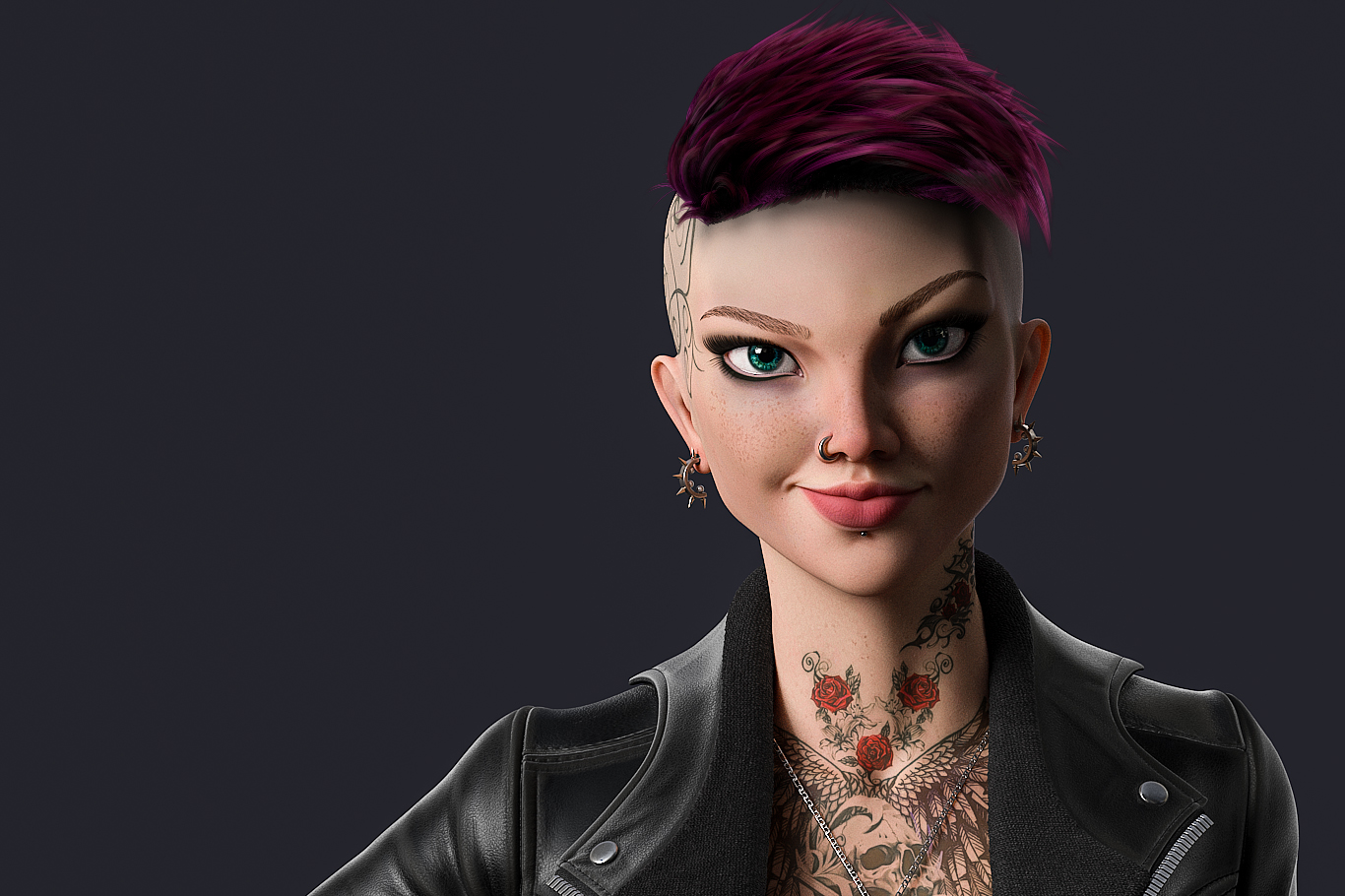
reflect color = 0/0/0 (RGB)
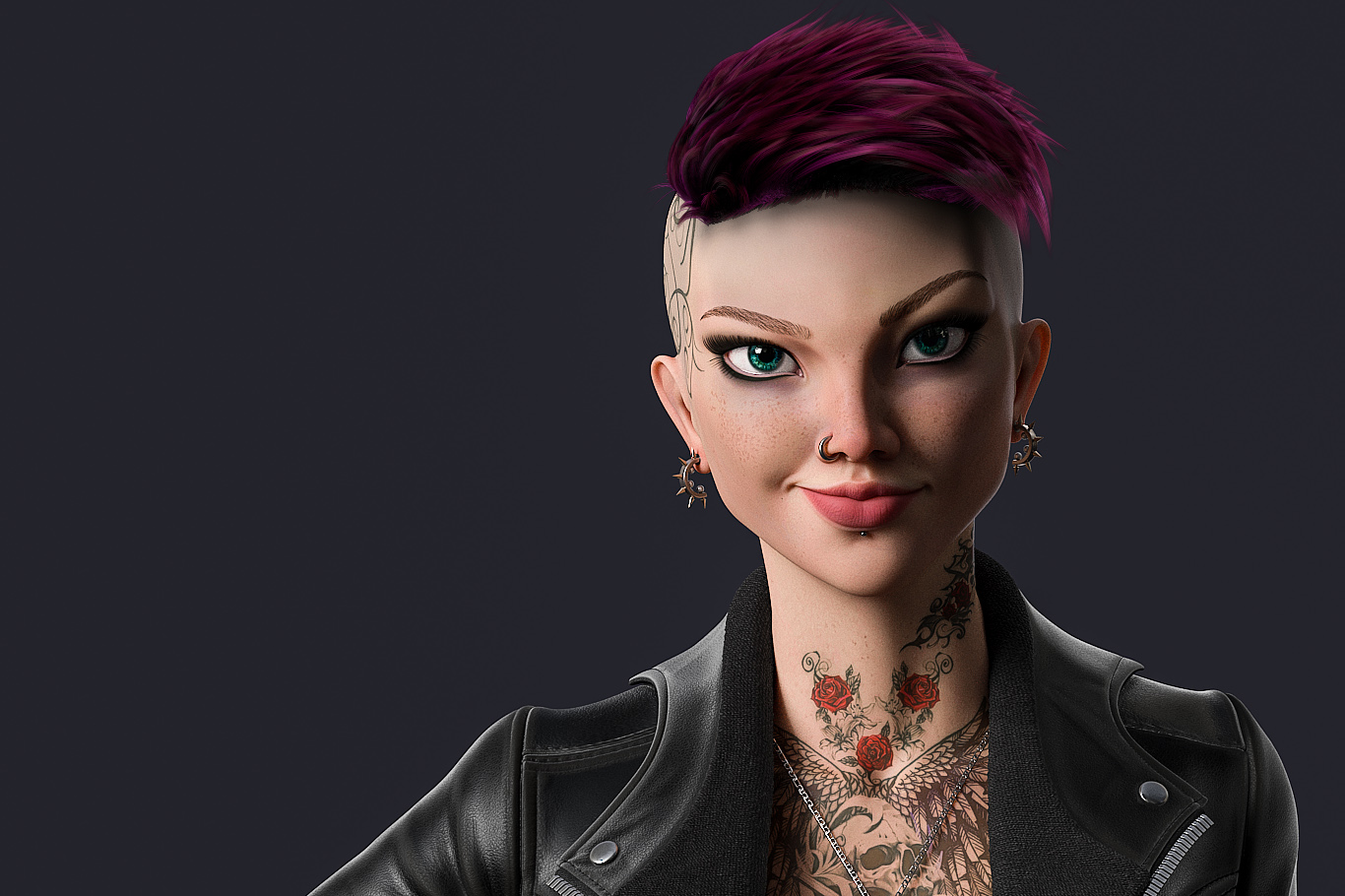
reflect color = 026/026/026 (RGB)
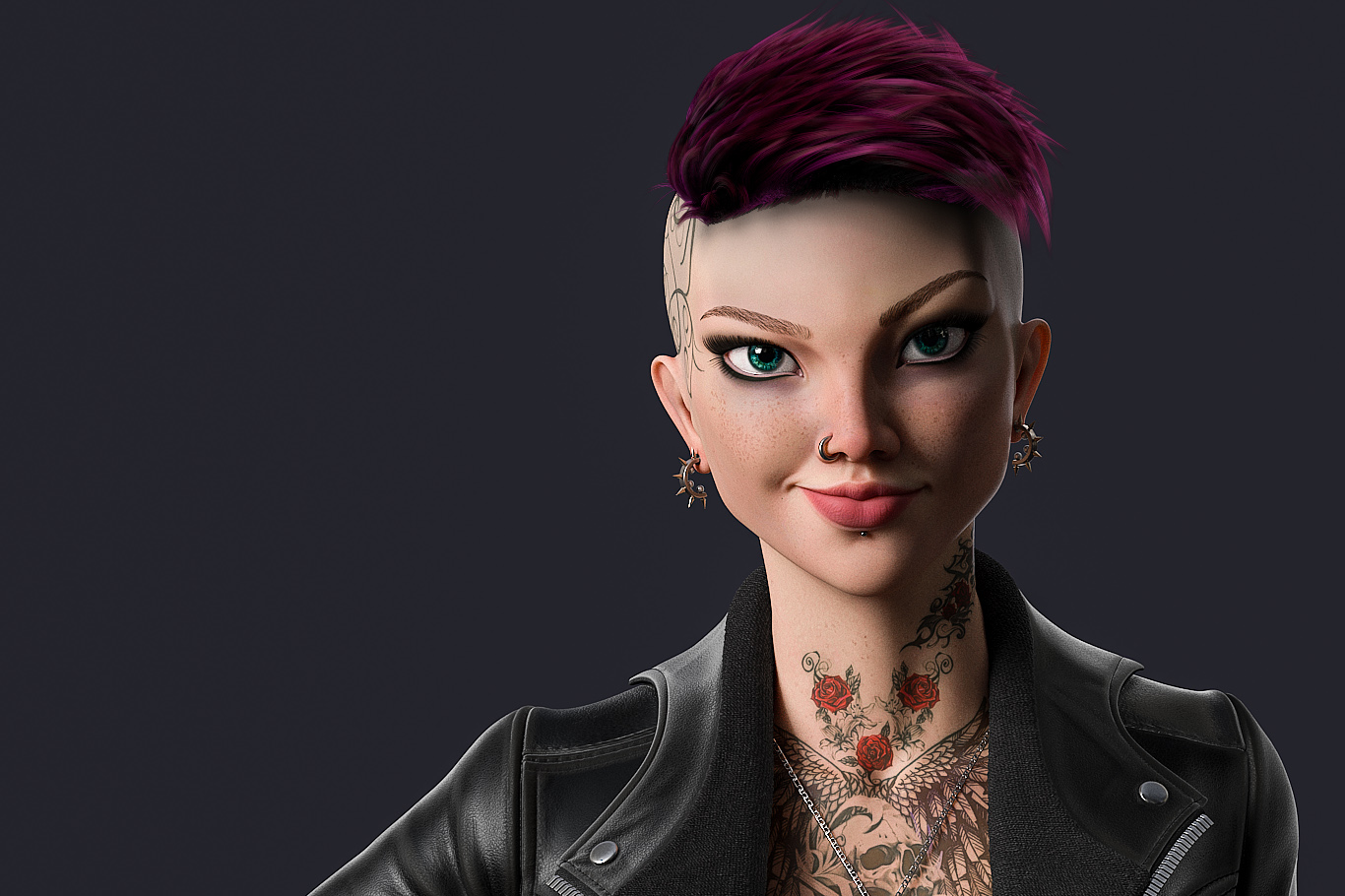
reflect color = 051/051/051 (RGB)
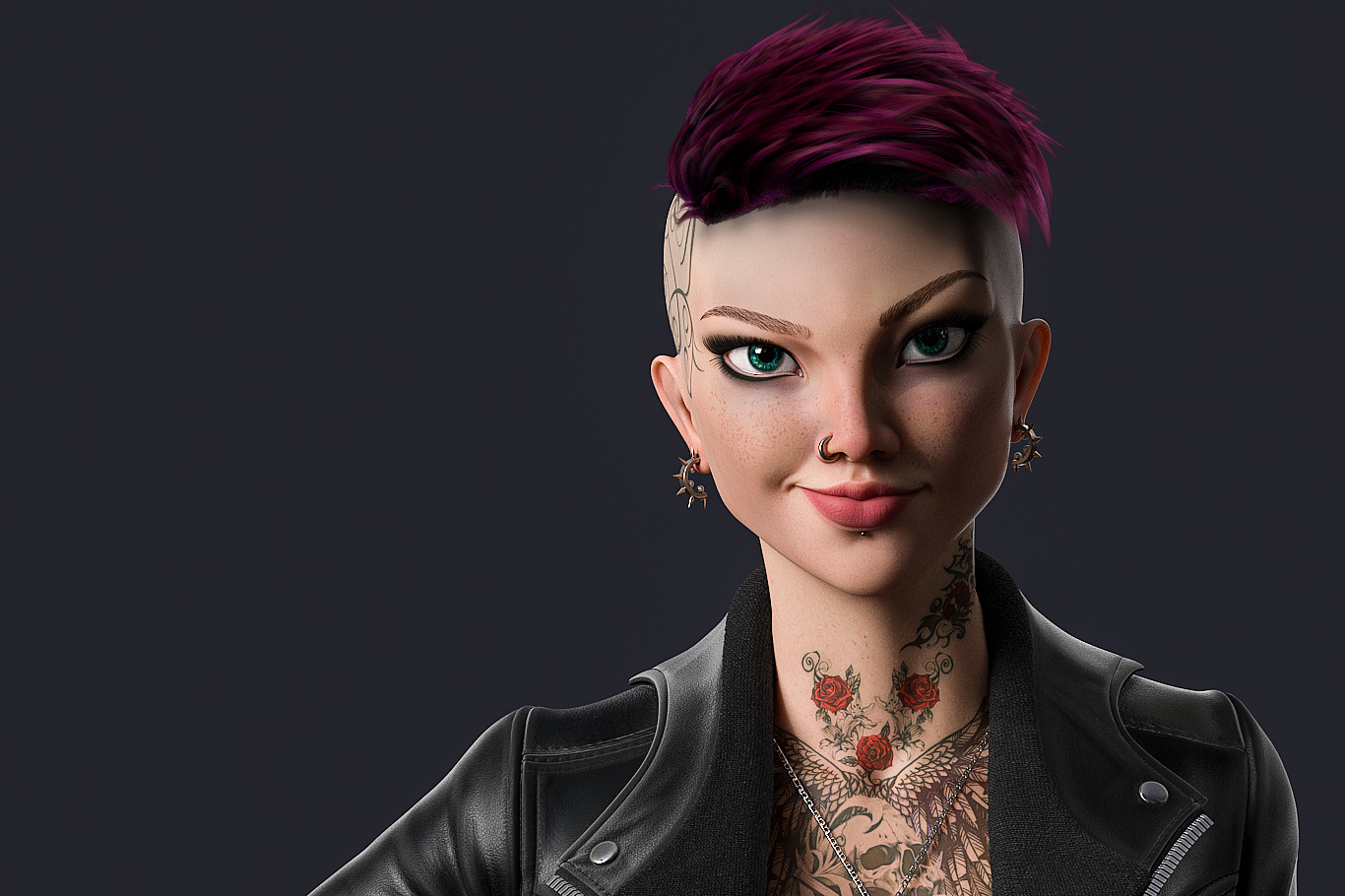
reflect color = 077/077/077 (RGB)
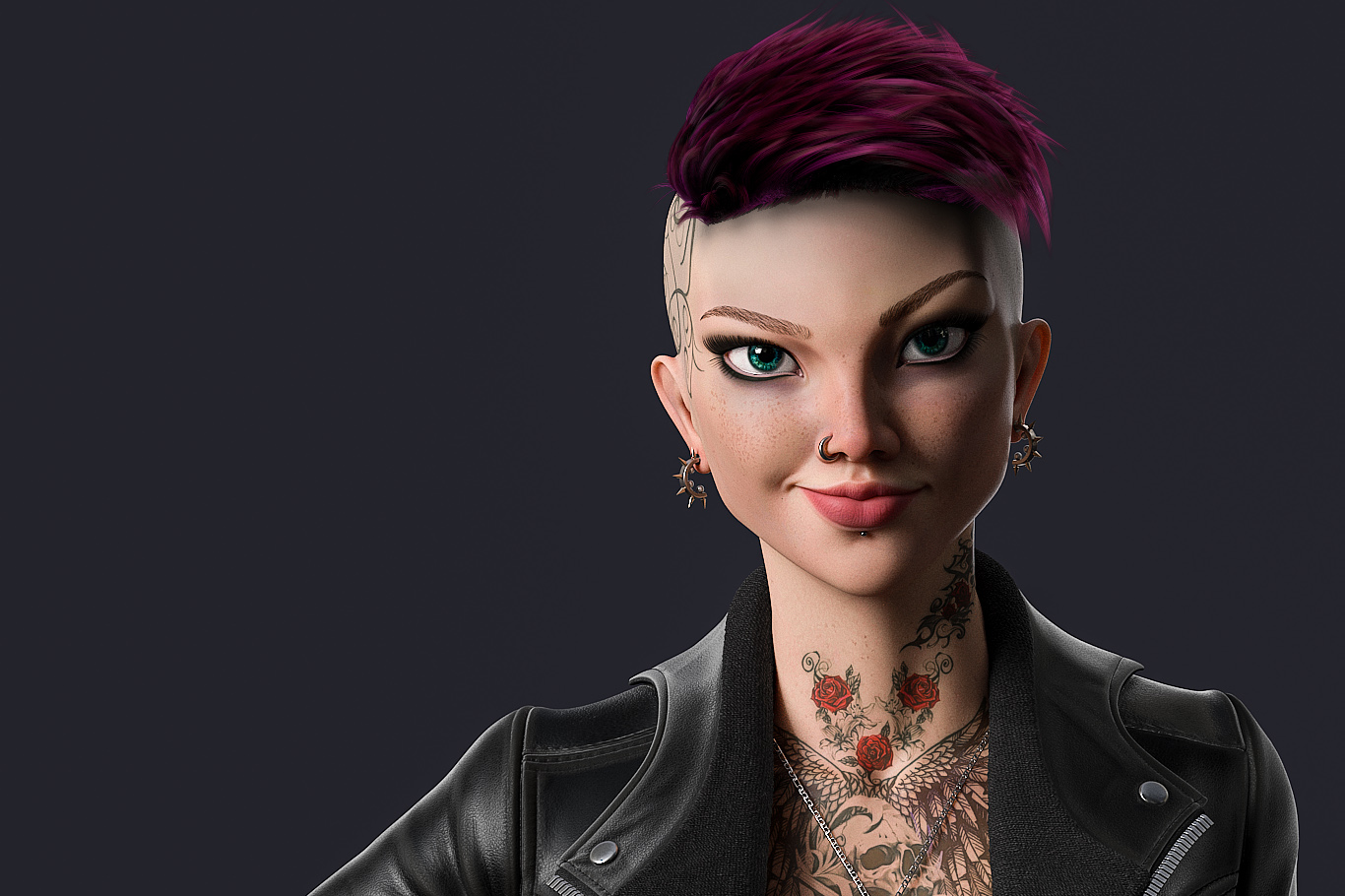
reflect color = 102/102/102 (RGB)

reflect color = 128/128/128 (RGB)
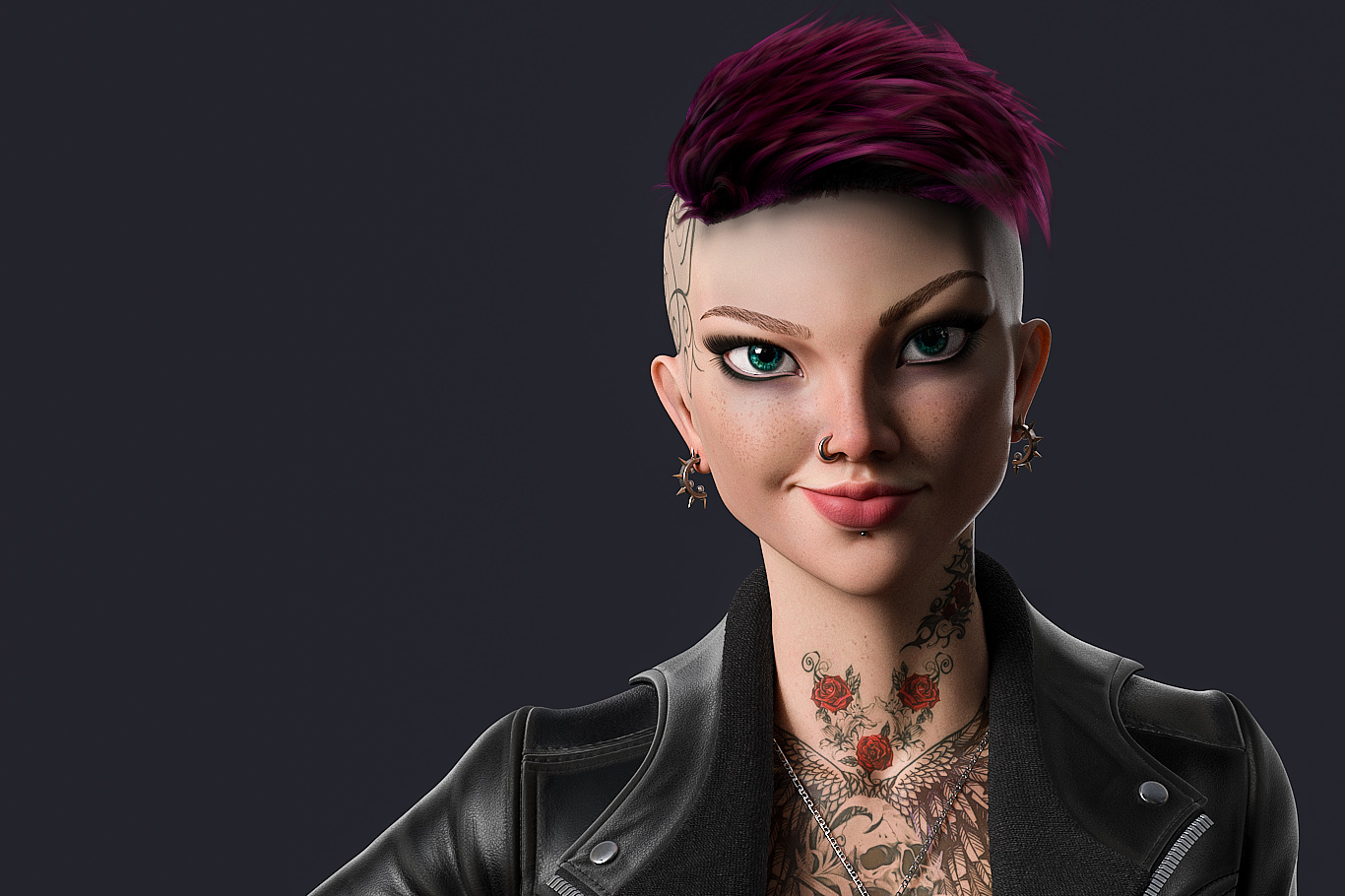
reflect color = 153/153/153 (RGB)
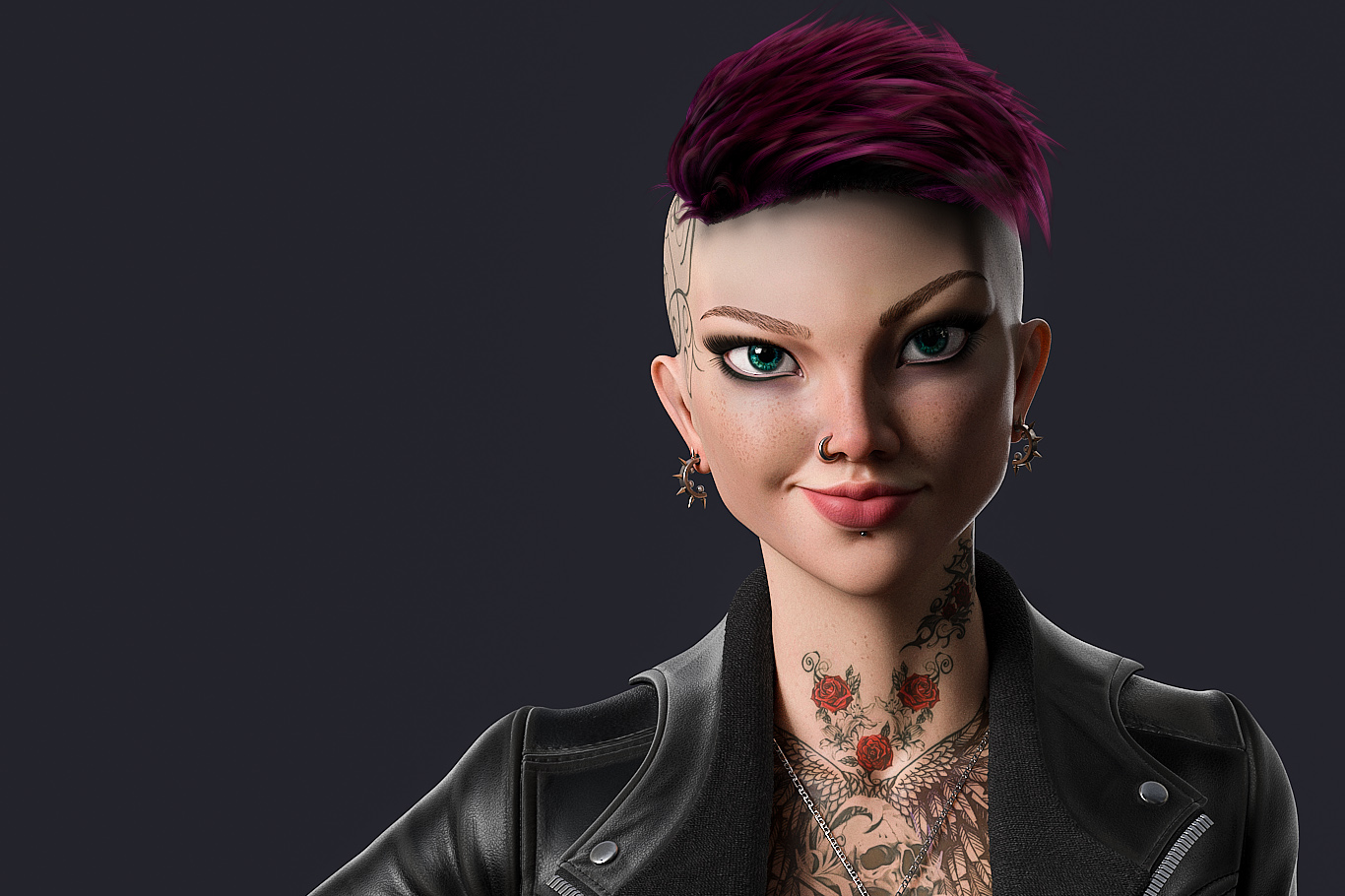
reflect color = 179/179/179 (RGB)
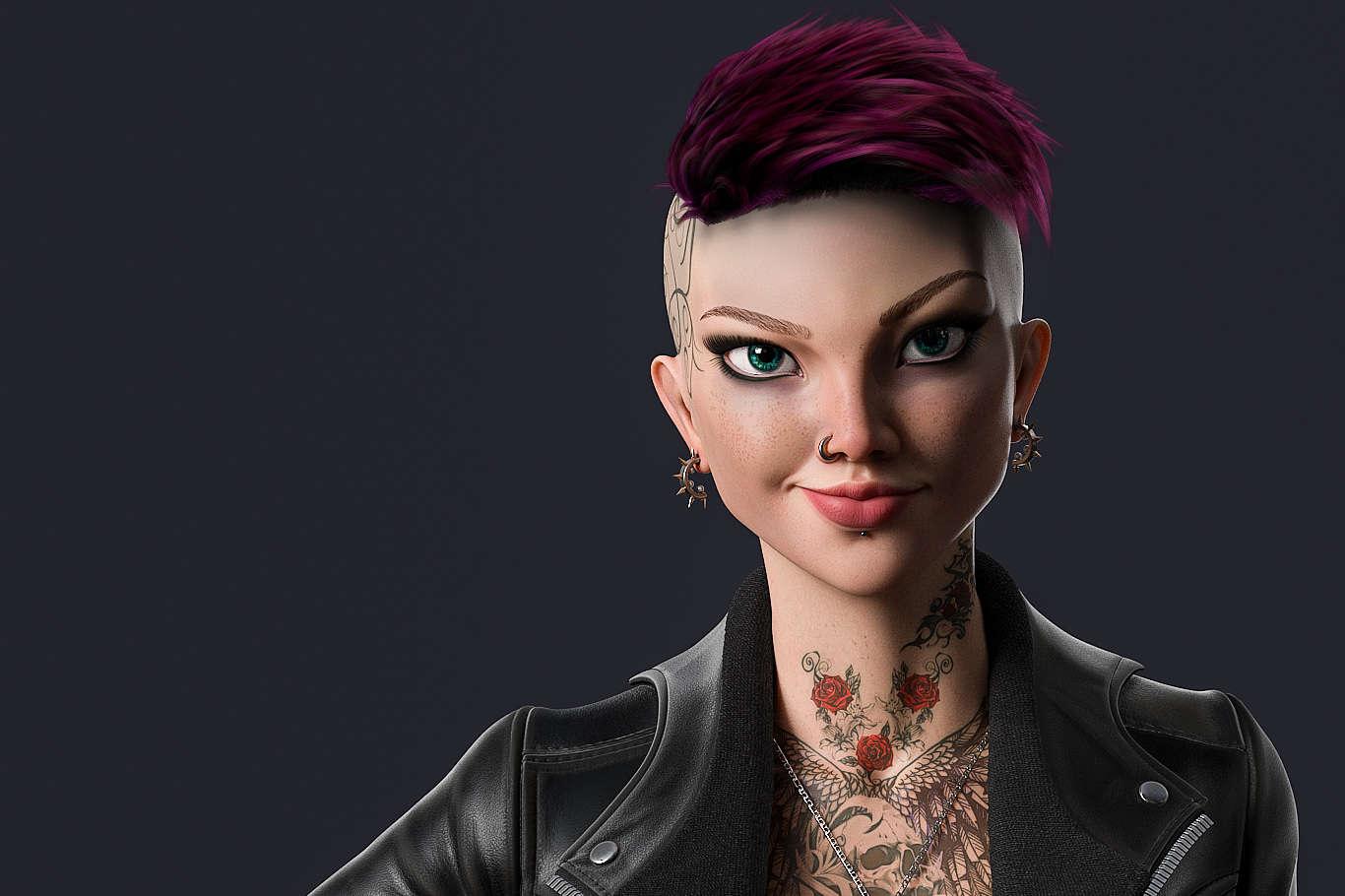
reflect color = 204/204/204 (RGB)
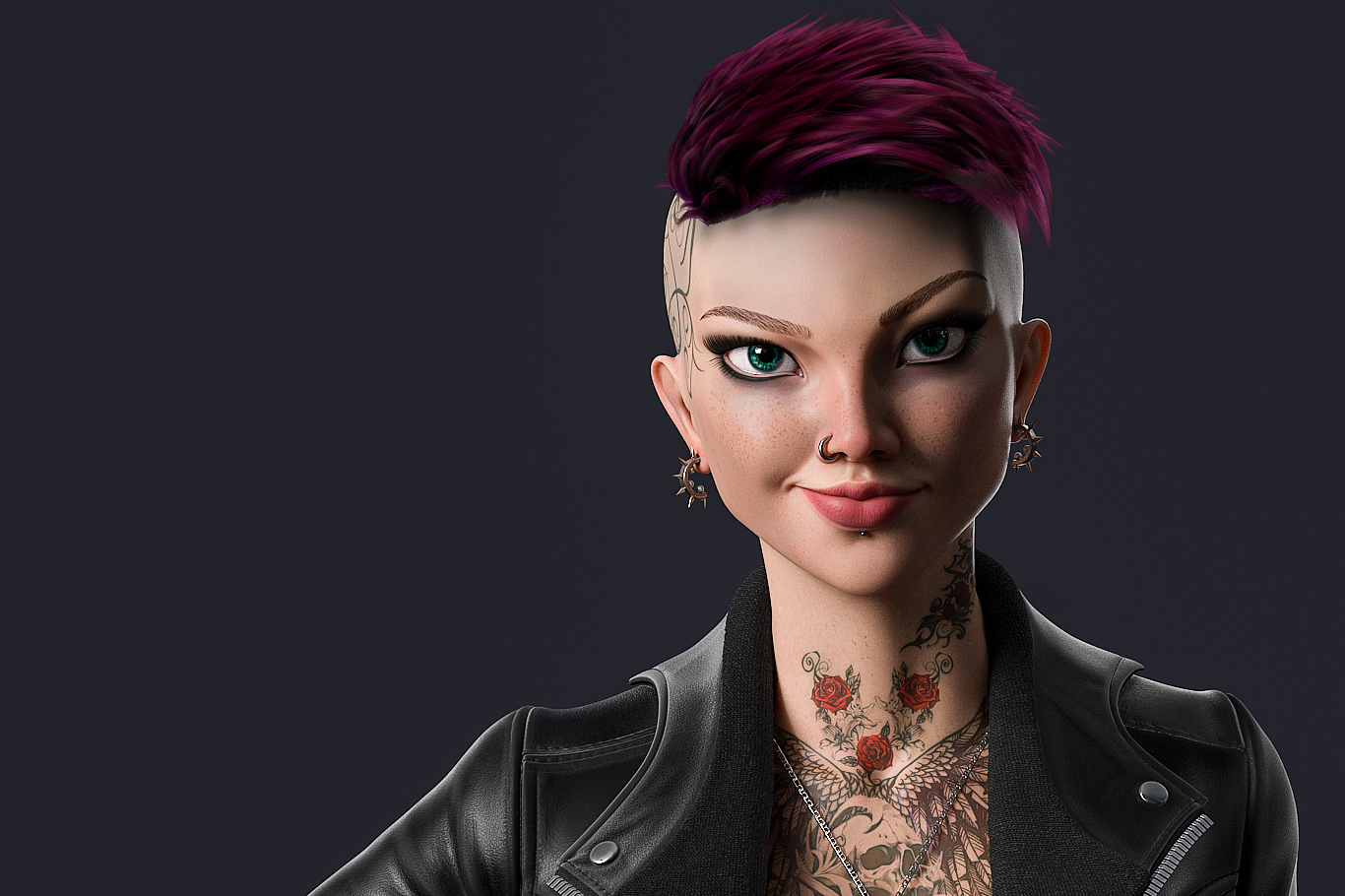
reflect color = 230/230/230 (RGB)
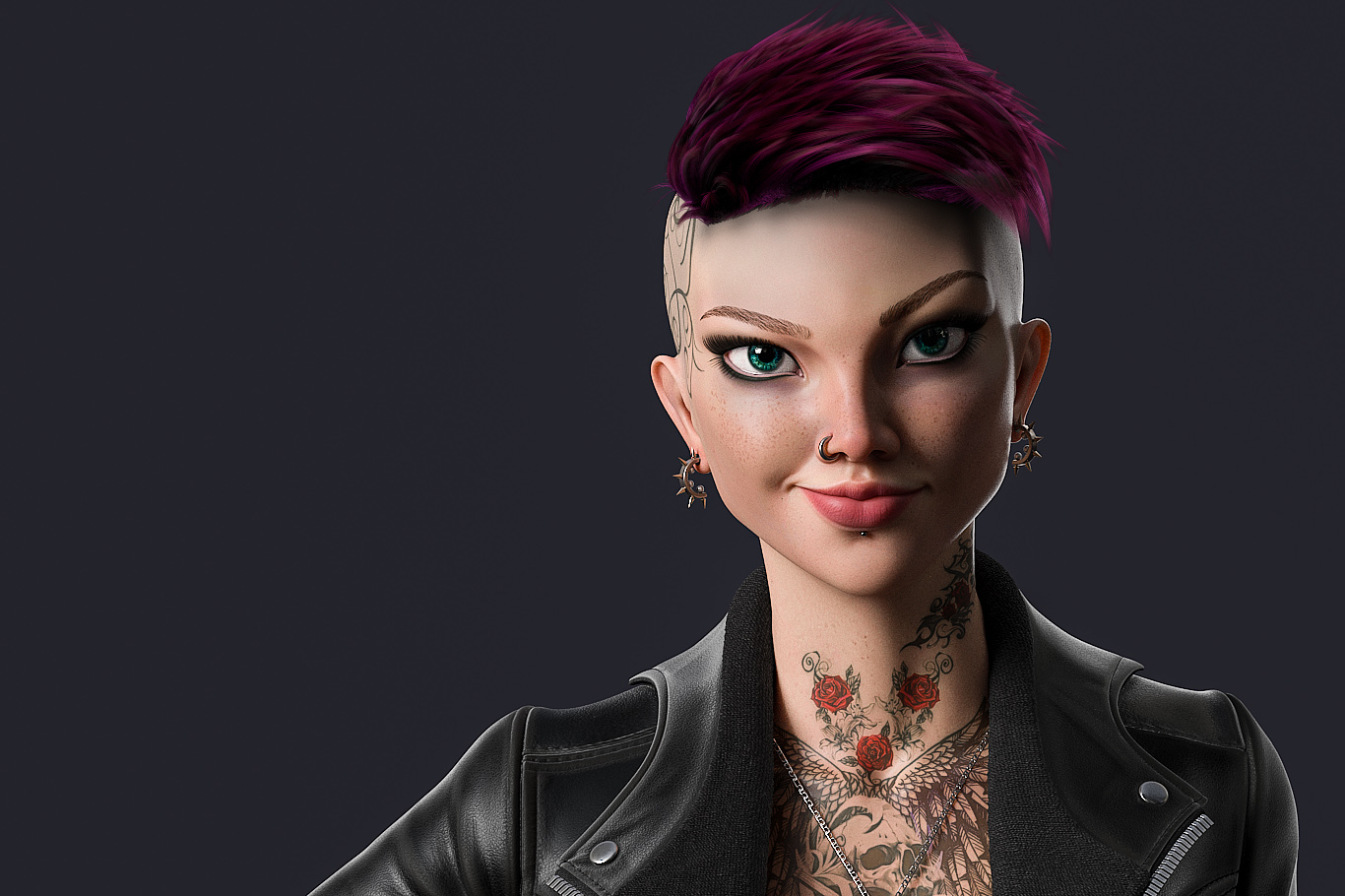
reflect color = 255/255/255 (RGB)
0/0/0 (RGB)255/255/255 (RGB)
Options and Sampling
reflect max depth – The number of times a ray can be reflected. Scenes with many reflective and refractive surfaces might require higher values to look correct.
reflection subdivs – Controls the quality of glossy reflections. Lower values will render faster, but the result will be more noisy. Higher values take longer but produce smoother results.
sss subdivs – Controls the quality of the subsurface scattering effect. Lower values will render faster, but the result will be more noisy. Higher values take longer but produce smoother results.
In order to use the reflection subdivs and sss subdivs parameters, the Use local subdivs option in the Global DMC rollout must be updated. Otherwise, glossiness subdivs are controlled globally, which in most cases produces a good balance between render quality and performance.
Textures
The settings on the Textures rollout determine the various texture maps used by the material.
Most of the parameters in this rollout pertain directly to parameters in the VRayALSurfaceMtl, and their definitions can be found above.
Example: Diffuse map
This example demonstrates the effect of Diffuse map slot connected to a texture. We are adjusting the hue, to show the same effect of using different diffuse maps.
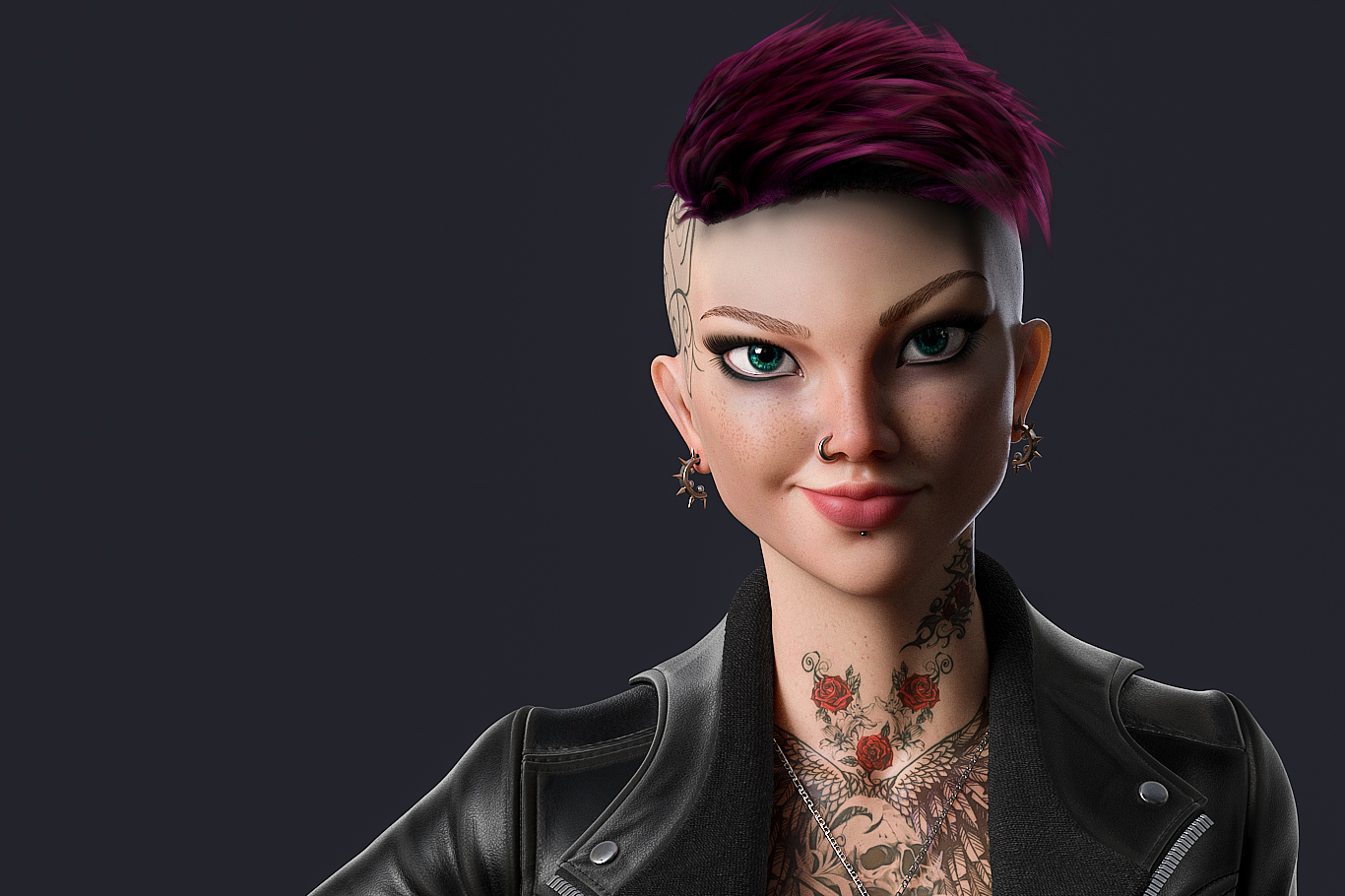
Diffuse map (hue) = 0
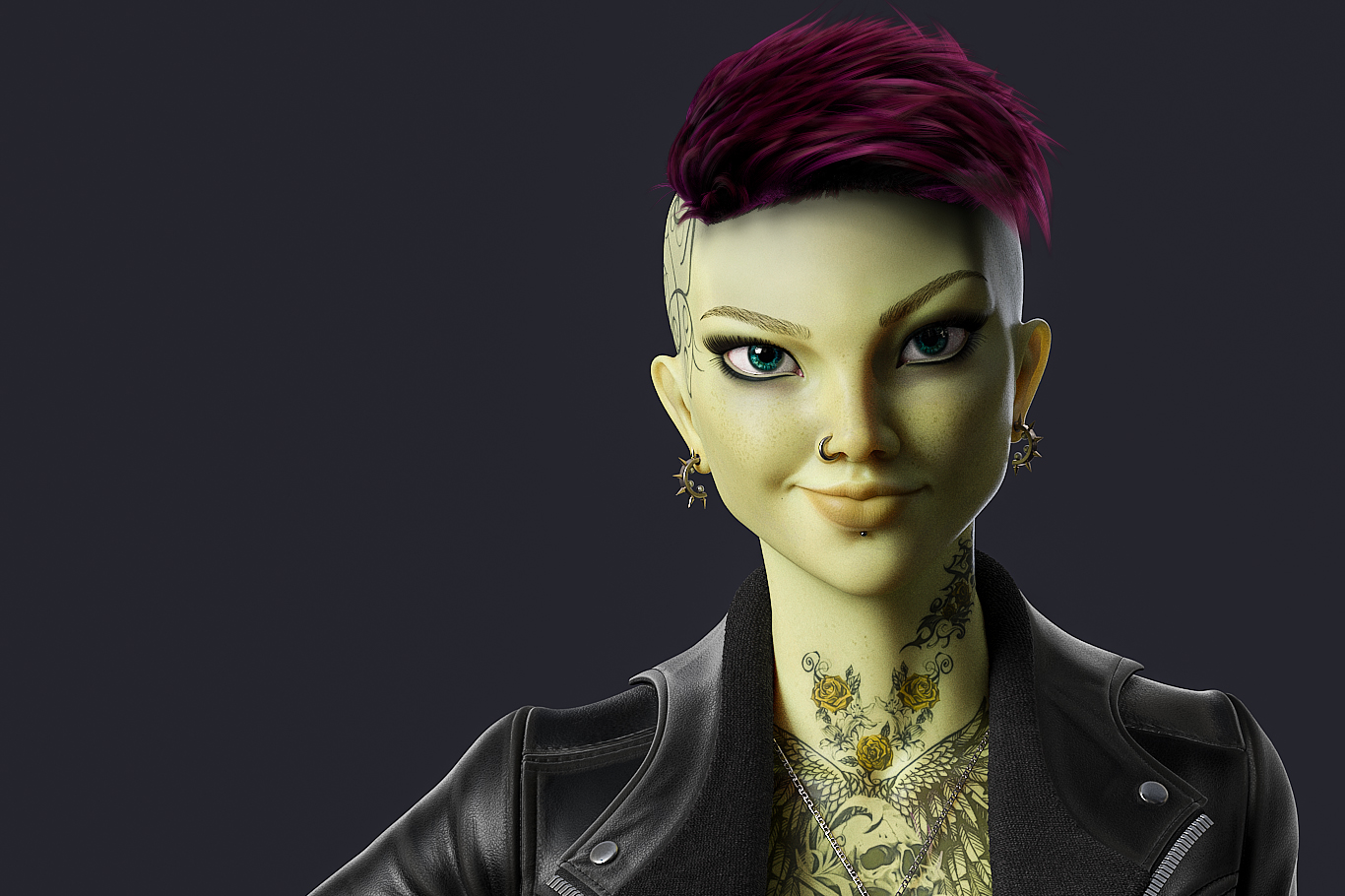
Diffuse map (hue) = 40
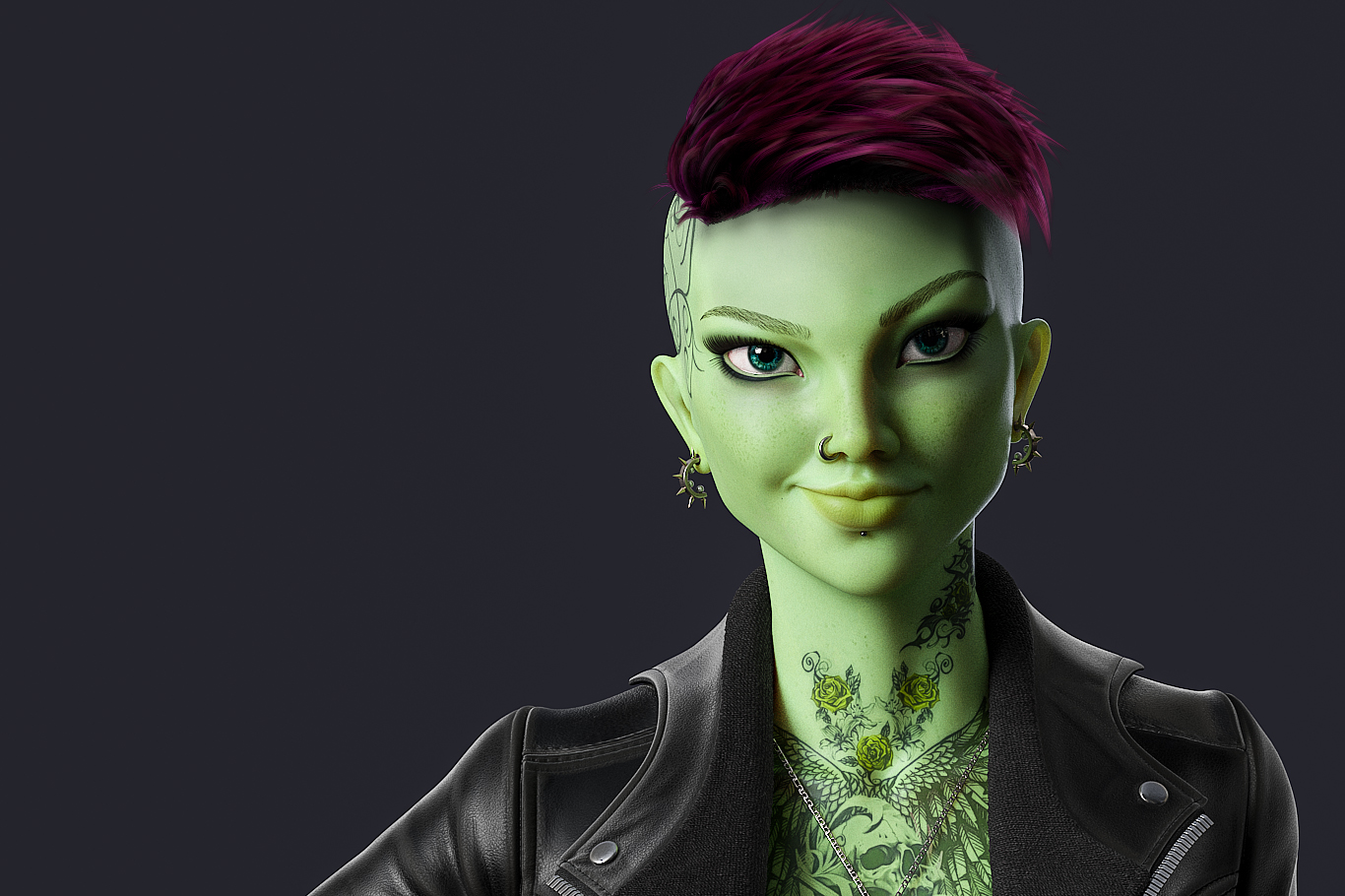
Diffuse map (hue) = 80
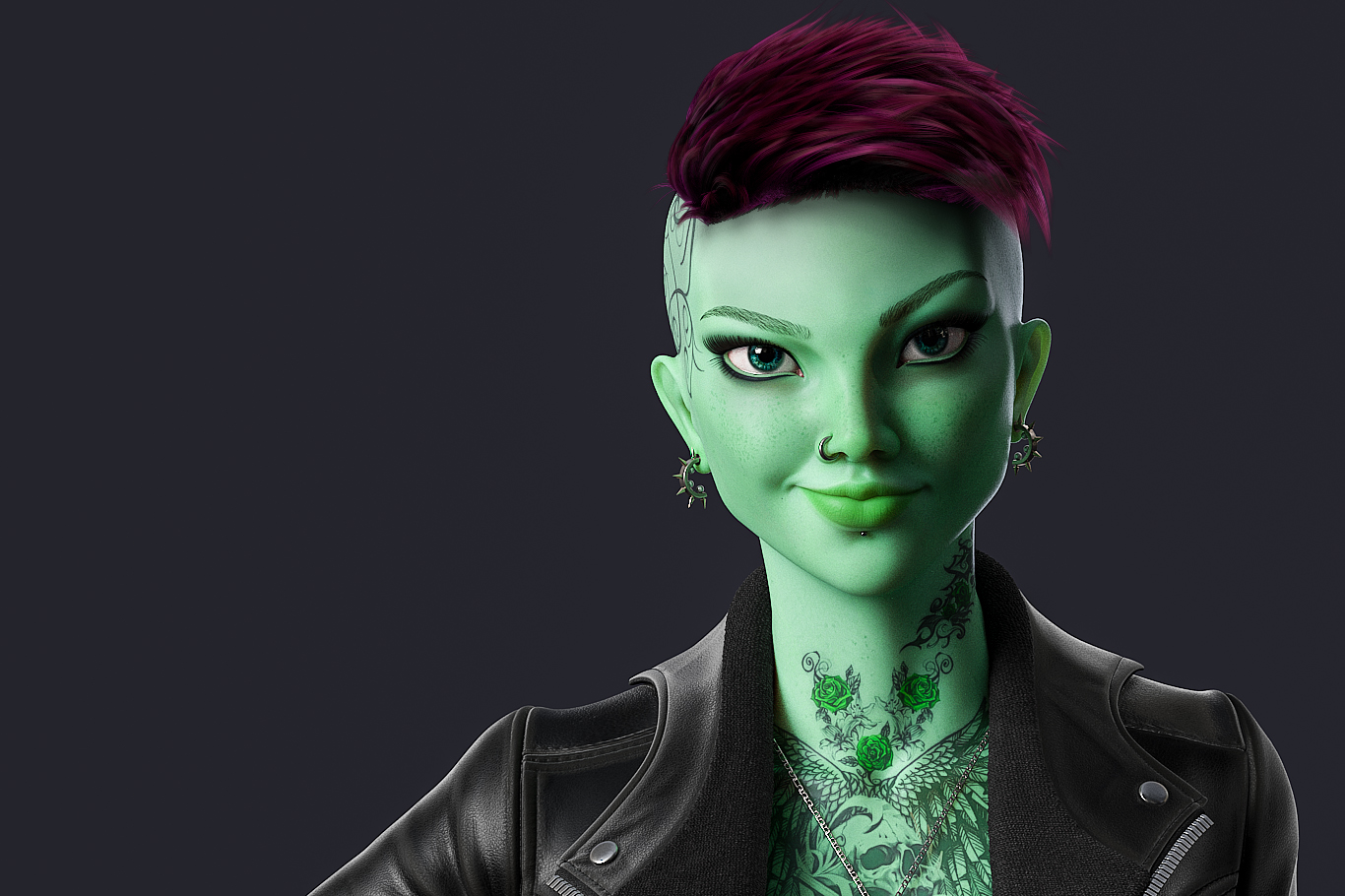
Diffuse map (hue) = 120
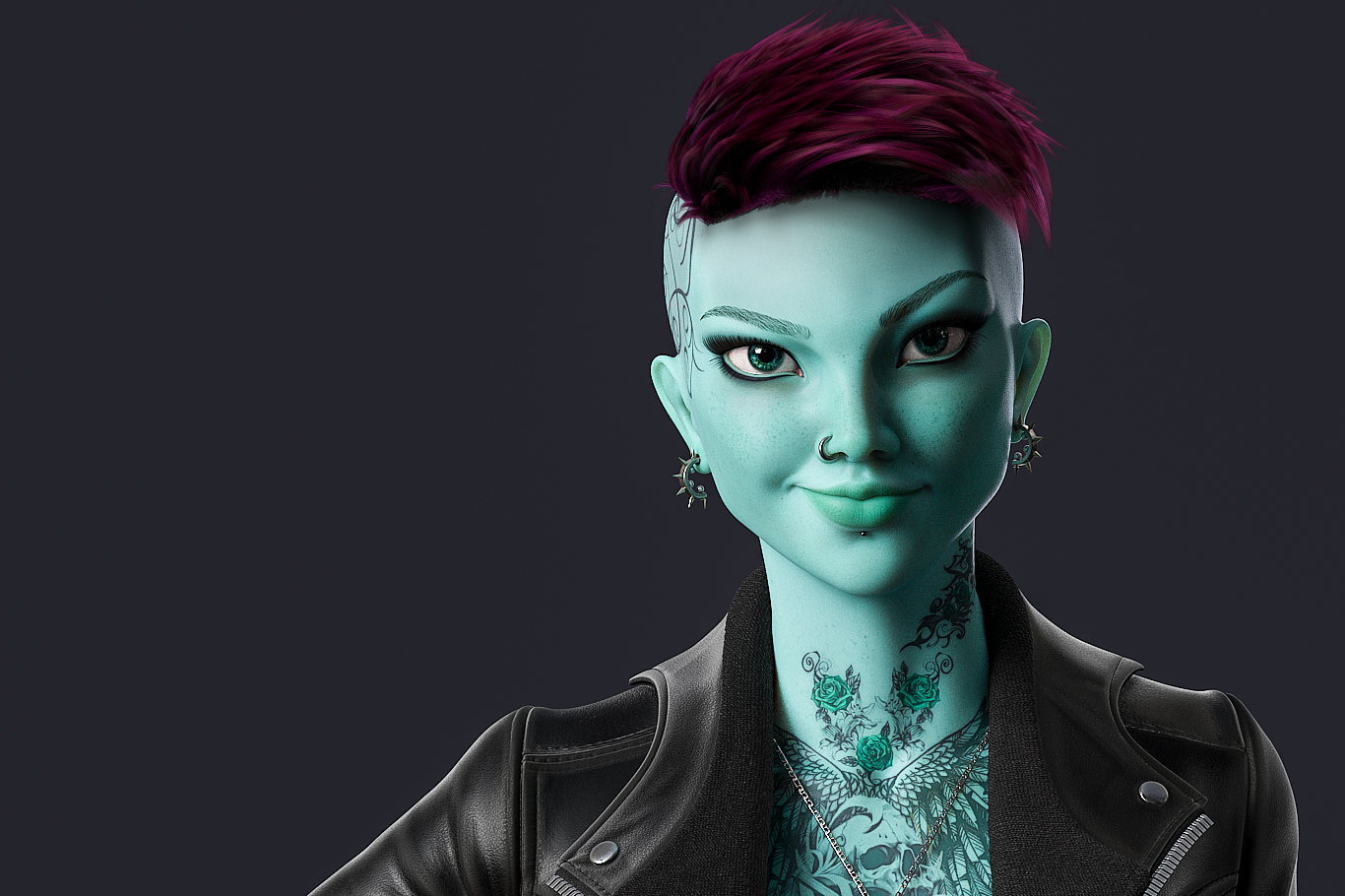
Diffuse map (hue) = 160
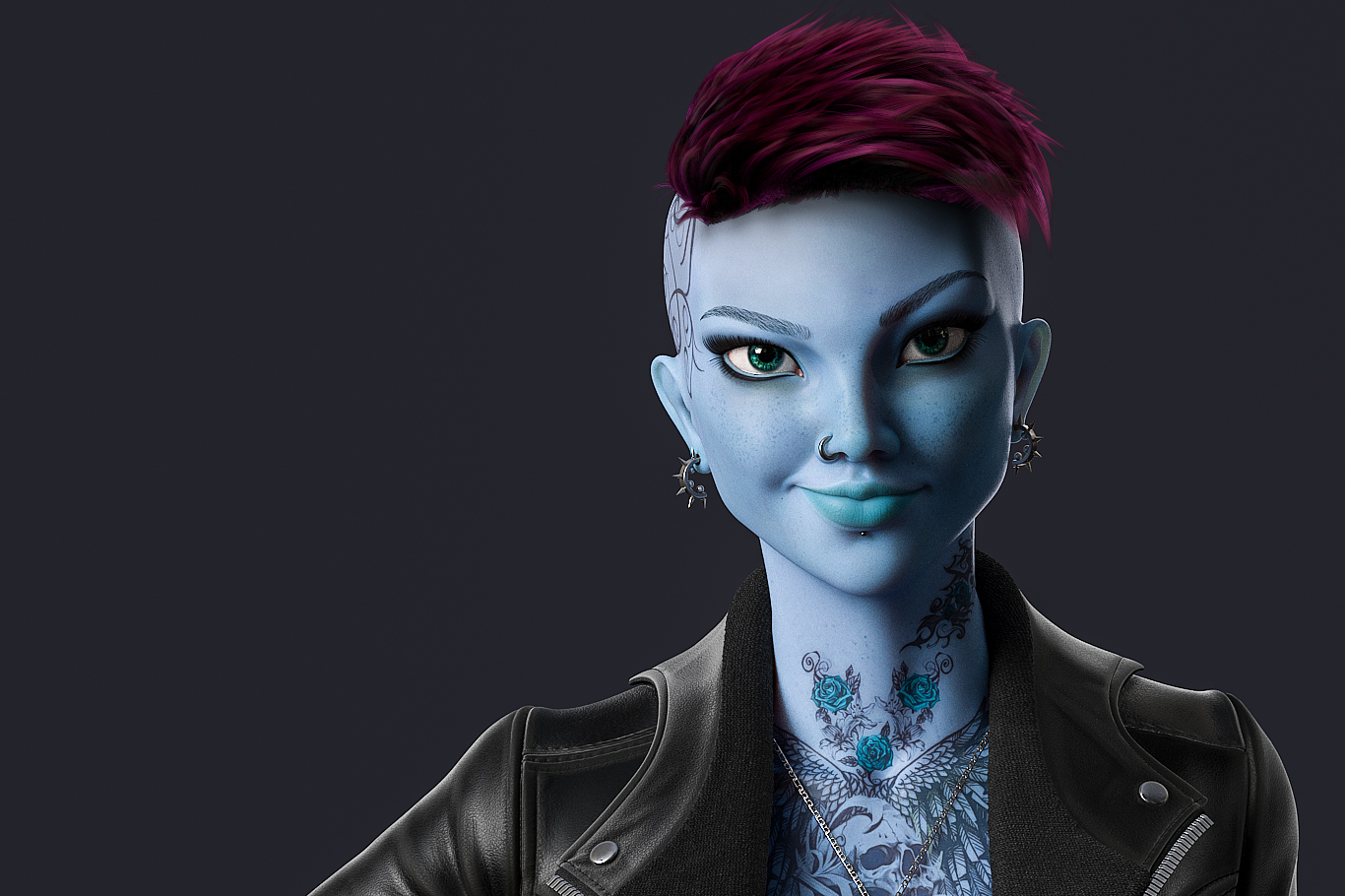
Diffuse map (hue) = 200
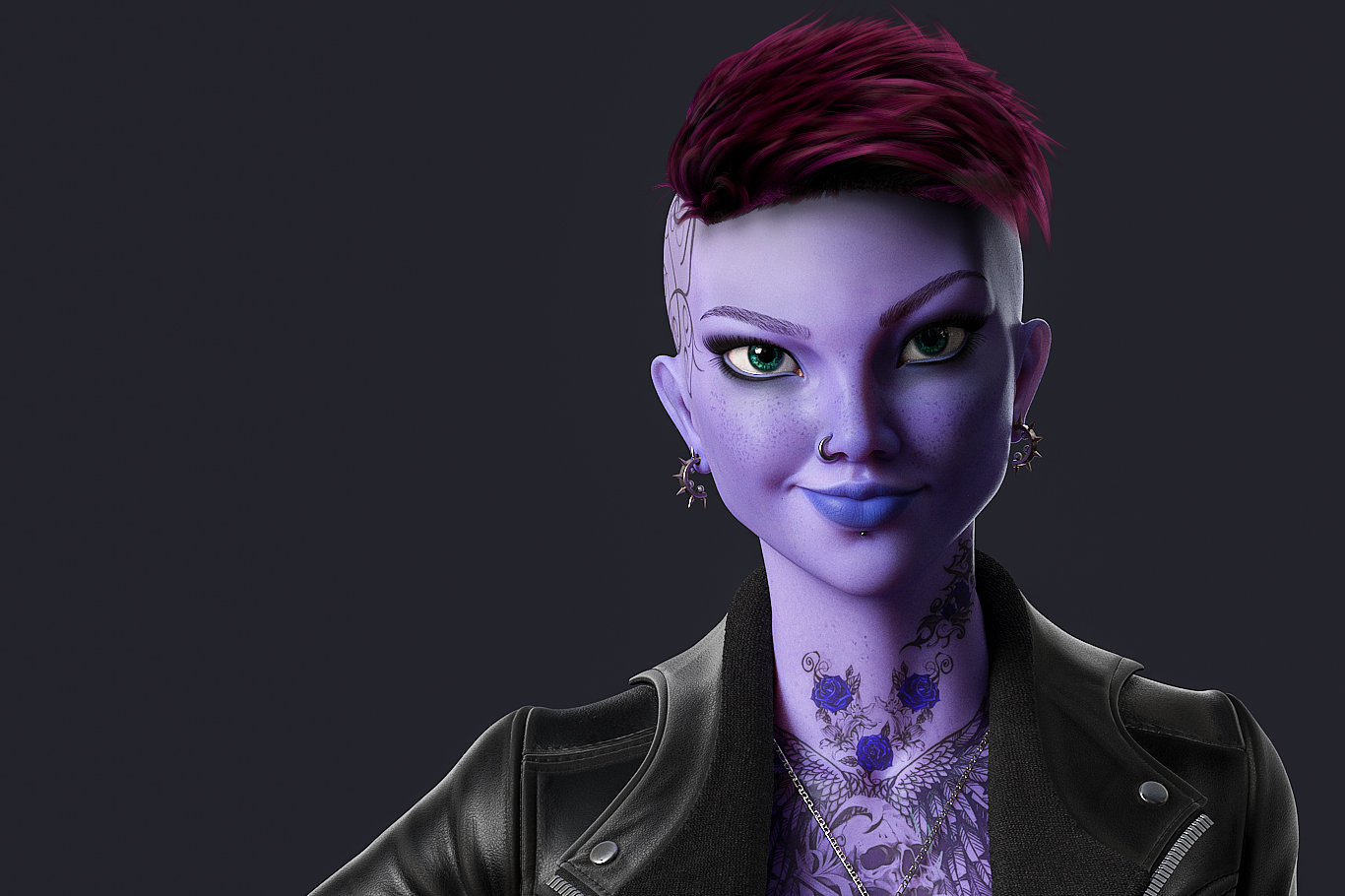
Diffuse map (hue) = 240
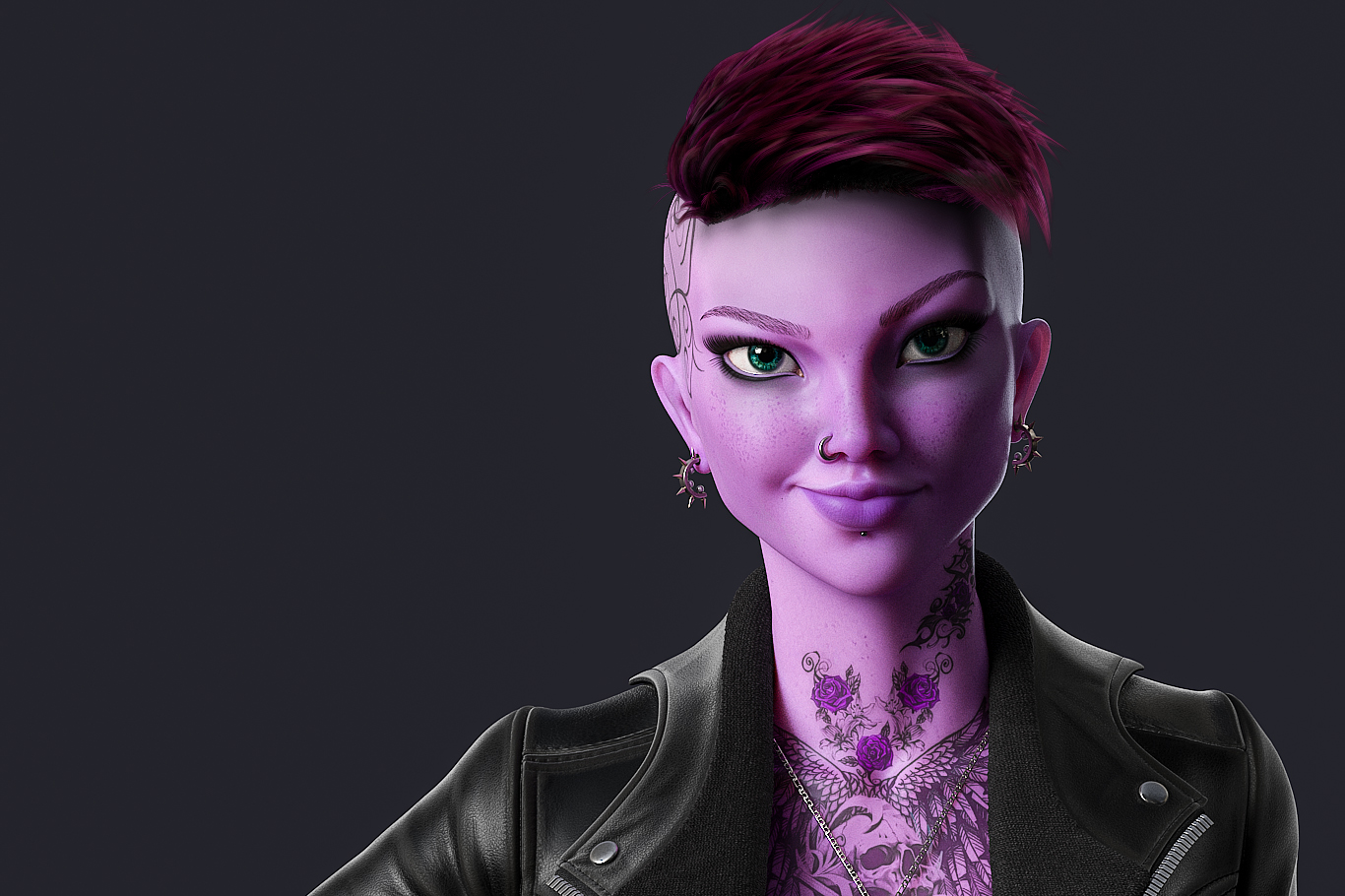
Diffuse map (hue) = 280
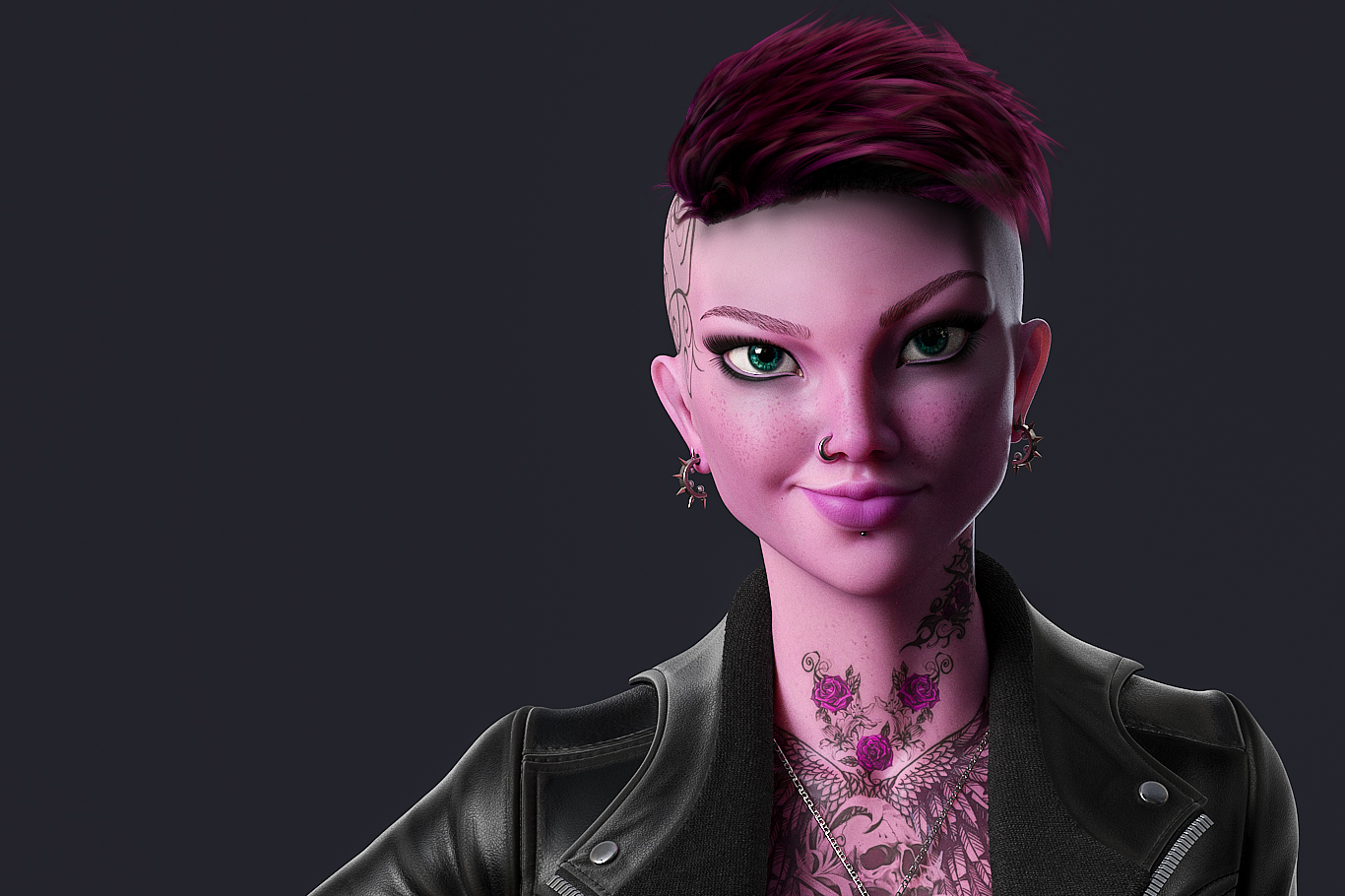
Diffuse map (hue) = 320

Diffuse map (hue) = 360
0360